An Awesome Cusco Itinerary: Machu Picchu and More!
My Peru journey started in Lima. It was a breeze and a perfect introduction to Peru. I explored my first South American city, met some wonderful people at the hostel, ate a lot of great food, and had one too many Cusqueñas. But just like most gringo travelers look forward to their arrival in Cusco, I simply couldn’t wait to finally get there. Cusco however, had other plans for me. It decided to kick my ass 30 minutes into my arrival.
Would I recommend traveling there? No doubt! It’s a little touristy but certainly worth seeing, at least to act as a base for all the day trips. In this guide I will go over the logistics of traveling to Cusco, things to see in the city, cover day trips worth taking, explain how to get to Machu Picchu, and more. At the bottom of this guide, you will find a downloadable itinerary with your trip already planned out.
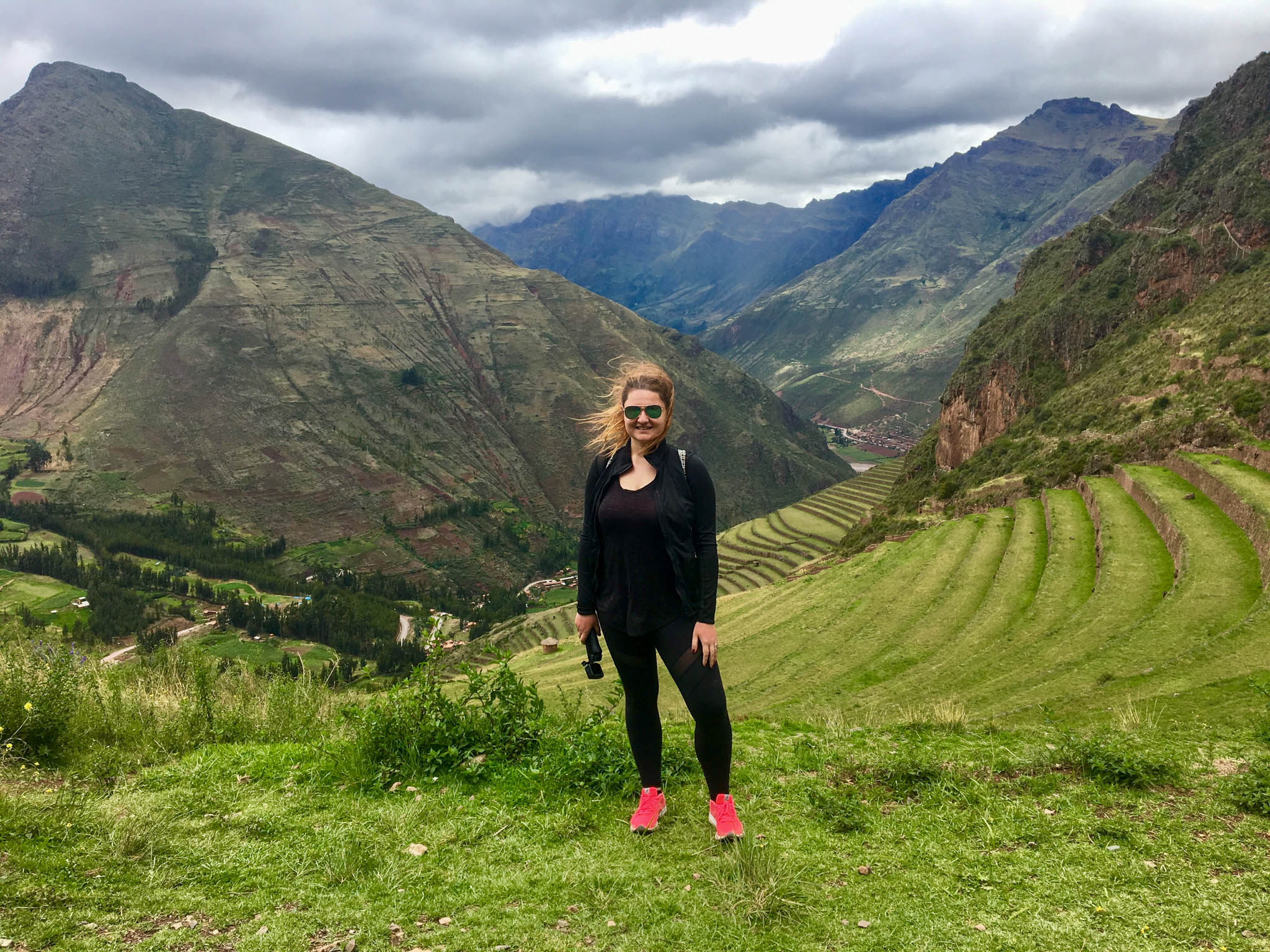
Logistics of traveling to Cusco
You must be dying to know. What did Cusco do to Kasia that scarred her so much? Well, you know how they tell you that the brutal altitude might affect your breathing, judgment, and just overall body functions? I underestimated that 1000% and ended up being incredibly sick in a hostel room full of 8 people. My best friend who I was traveling with, however, was drinking beers in the courtyard. With that said, I will go into more detail about how to overcome this issue below.
But first … Peru Itinerary 10 days – is it enough?
My 10-day Peru itinerary was very short in comparison to 99% of travelers I met there, however, I still felt like it covered enough ground to see the most important things. Yes, every single day was extremely packed for me but I don’t feel like I missed out on it. Is it enough time to explore the country? That’s a silly question because 10 days in any country isn’t long enough. However, if you want to see the gringo sights and visit Machu Picchu, you can certainly do it and I’ll show you how.
While this post specifically focuses on Cusco and seeing Machu Picchu, here is a reference for you on what my route looked like during 10 Days in Peru:
- Day 0: Flew into Lima – Early night arrival
- Day 1 and 2 – Explored Lima
- Day 3 – Travel from Lima to Cusco
- Day 4 – Acclimated in Cusco with some light exploring
- Day 5 – Climbed Rainbow Mountain
- Day 6 and 7 – Took a Sacred Valley Tour and saw Machu Picchu
- Day 8 – Flew back to Lima to spend another night there (not the best planning here)
- Day 9 and 10 – Spend in the awesome oasis of Huacachina
- Day 11 – Took a bus back to Lima to catch a flight home to New York
Because public transport or transport, in general, isn’t the greatest in Peru, I had a weird detour from Cusco to Lima on Day 8. At the time of my travels, this made the most sense but it cost me a day of pointless traveling on this short itinerary. I really wanted to see the Huacachina oasis and that was the price of it.
Surviving high altitude
The altitude in Cusco, Peru is 11,200 feet above sea level. That’s pretty high. To quickly compare, Denver, Colorado is only a little over 5,000 feet. Underestimating this caused me to miss out on some major activities. Maybe you’re one of the lucky ones that won’t experience bad symptoms but just know that majority of travelers do experience some symptoms. What happens to you at such a high elevation, is that your body can no longer take in the same amount of oxygen per breath. Hypoxia makes your head hurt, you’ll feel confused and tired and it will be hard to breathe too.
This is what it felt like for me: I got off the plane and within 5 minutes, I started to feel dizzy. When I arrived at the hostel, the fatigue kicked in. I started drinking coca tea hoping it would help me. I felt a little better so my best friend and I went out to slowly explore the town. Two blocks in, I couldn’t catch my breath but being the stupid brave soul that I am, we explored a little more.
After returning to the hostel, I got a headache and felt like I was severely hungover. Then the horror started. I went to bed only to wake up to massive diarrhea in a hostel room full of people. Yay! Thankfully there was a traveling doctor in the hostel and we were able to get me some medicine and nurse me back to life the next day. But the feeling was horrible and there is nothing more embarrassing than waking up 6 strangers with your digestive issues. Thanks, strangers, you were the real troopers here.
How to survive altitude sickness:
- Give yourself a day to do nothing and get your body used to the brutal altitude. Read a book, lay around and whatever you do, do not drink alcohol!
- If you’re planning to do day trips, these are often at an even higher elevation than Cusco so if you’re having issues in the city, you will have issues outside of it too.
- Drink tons and tons of water before and when you get there.
- If you know you will get sick based on prior experience, consider getting a prescription from your doctor for Acetazolamide or Diamox, a blood pressure medication that has a positive effect on altitude sickness. Its mechanism of action is believed to make your blood more acidic thus making oxygen stick to hemoglobin molecules in your blood a little better. I used it when I went to Bolivia. It really helped.
- If your symptoms get really bad, you can ask for oxygen at the hotel or you can descend to a lower altitude if possible.
How long and where to stay in Cusco
Cusco highlights can be seen in a day or two HOWEVER, if this is your first time in this altitude, you will need an extra day or two just to acclimate. Cusco is a popular base for a lot of day trips too.
If you are a tourist visiting Cusco, you will likely be located in the city center, where most of the accommodations are located. Hostels are a popular choice in this city, as they offer travel resources and a social atmosphere. If you prefer more privacy, you may want to consider booking a private room in a hostel. Alternatively, you can find great deals on Airbnb properties, but you may not get the same social atmosphere as you would in a hostel.
I stayed at Pariwana Hostel and I loved it. They’re not a party one (a social one during the day though) so there was a curfew allowing you to peacefully rest after a day full of activities. A simple HostelWorld search will give you a list of highly-rated ones too. Loki or Wild Rover (a chain I stayed in Bolivia) both have that obnoxious party vibe if that’s what you’re looking for.
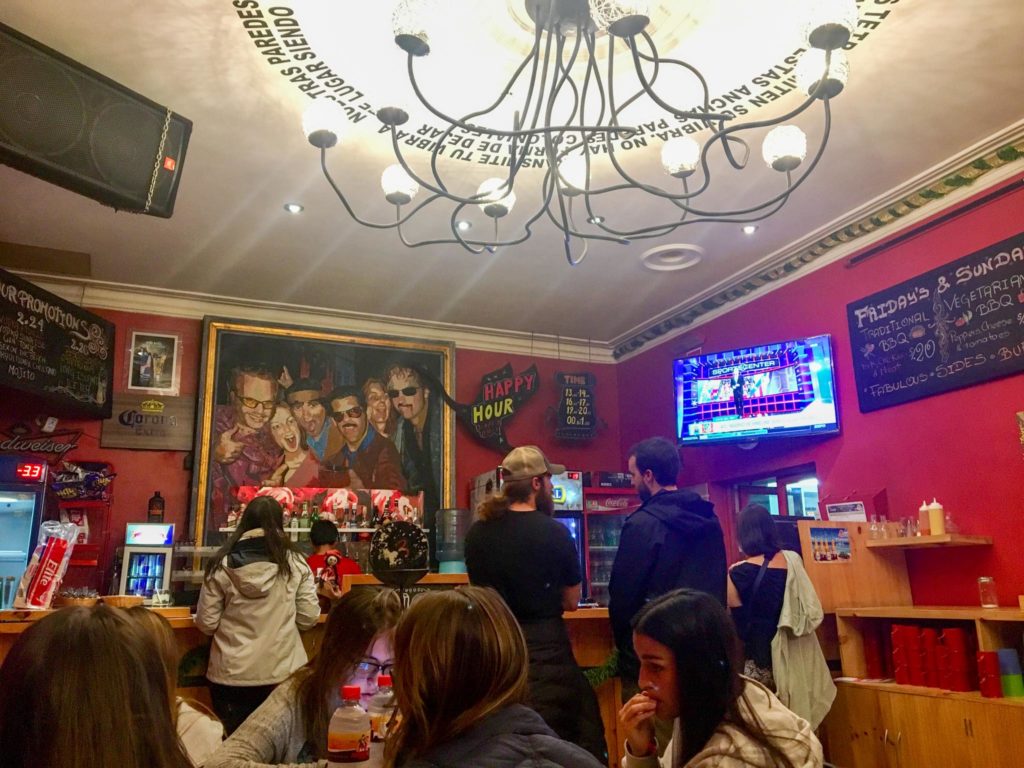

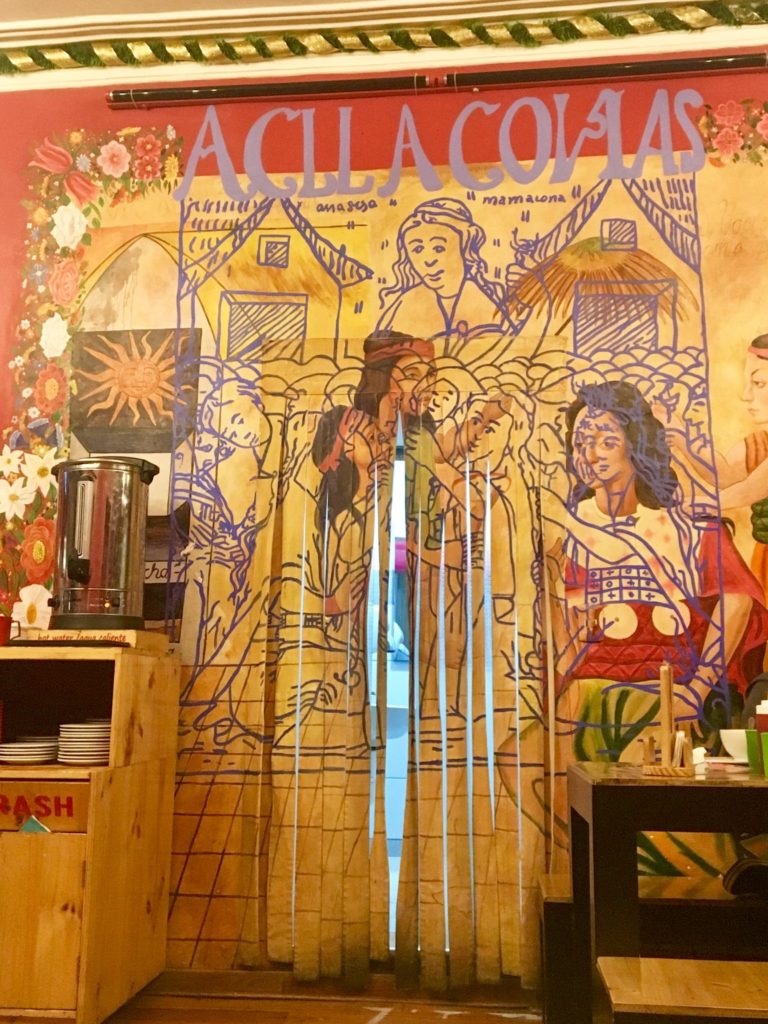
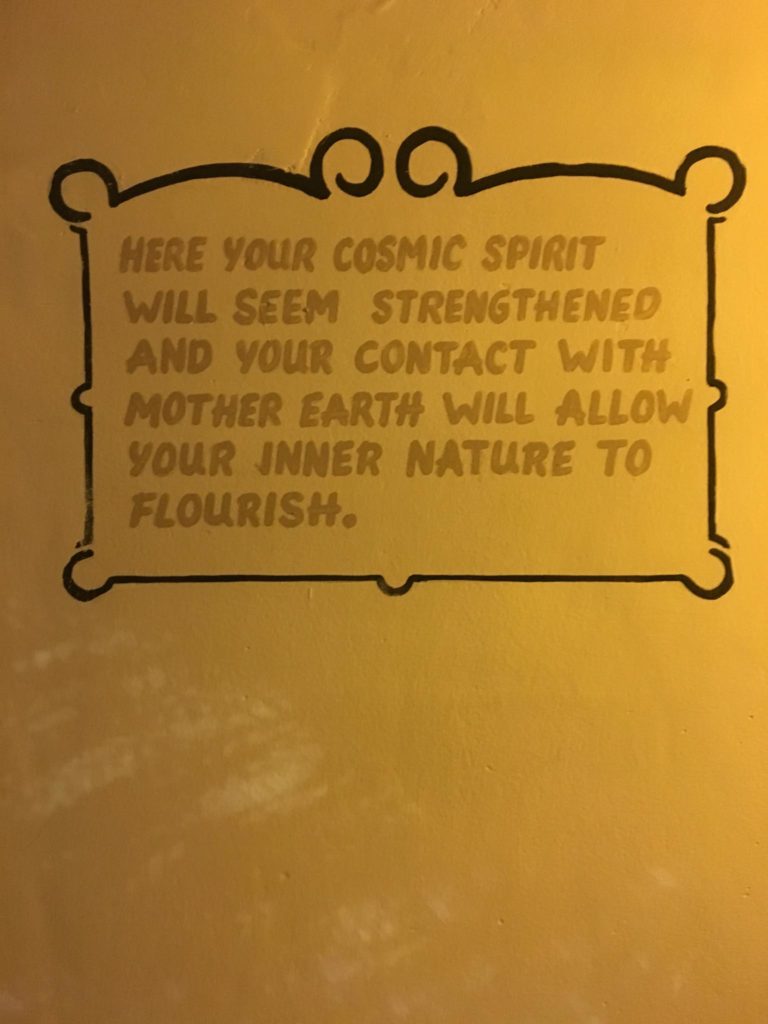
If you are starting your trip in Lima, you may be wondering how to get to Cusco. Fortunately, Cusco has an easily accessible airport that offers breathtaking views during the flight. To get from the airport to the main Plaza, you can take an official Llama Taxi for about $12, or try negotiating a lower rate with an unofficial taxi. Cusco is a relatively small city, so you may be able to explore most of it on foot. If you need to travel further outside the city, consider taking an official taxi.
If you’re doing day trips, you have the option of booking tours or taking buses to your destination.
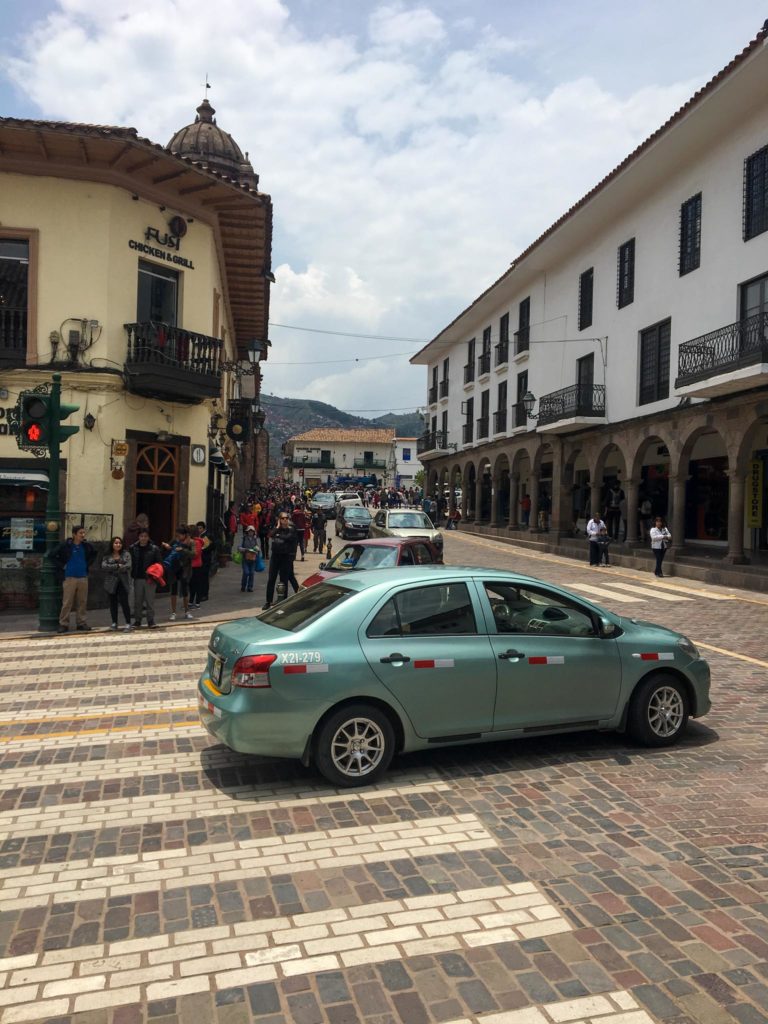
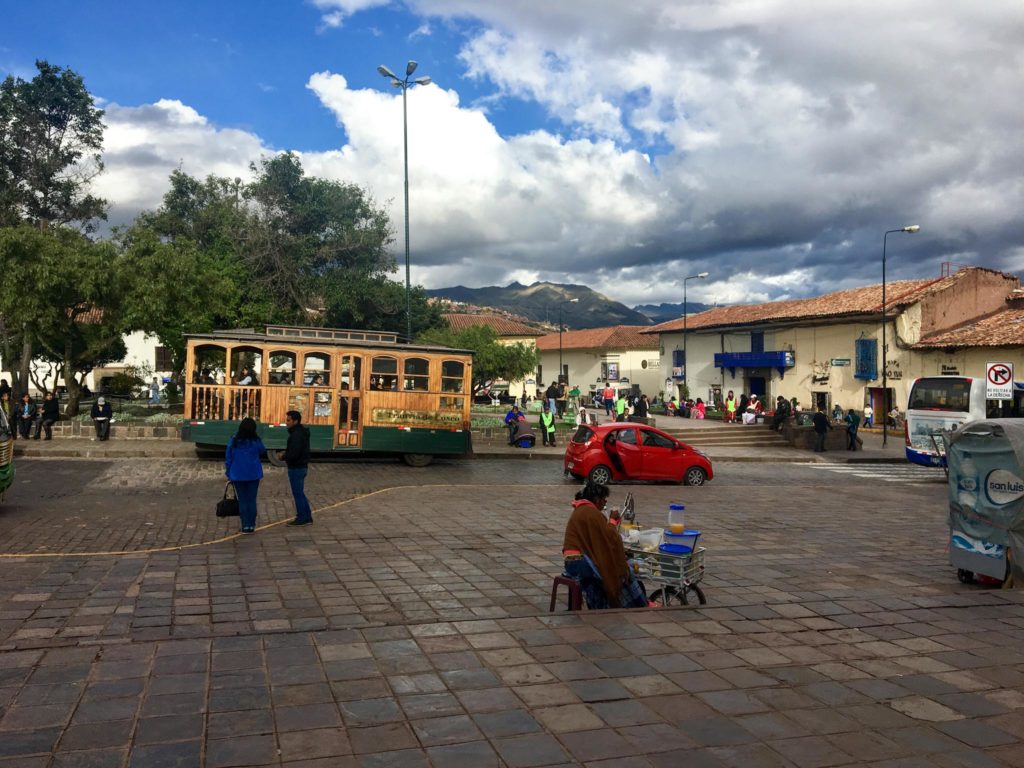
People & Safety in Cusco, Peru
While the locals in Cusco are generally friendly and welcoming to tourists, it is important to remember that they are not an attraction and should not be treated as such. If you would like to take a picture with a local, be respectful and ask for permission with a smile. It is also important to be aware of your surroundings and take precautions to protect yourself from pickpocketers, although Cusco is generally a safe place for travelers as the city relies heavily on tourism for its economy.
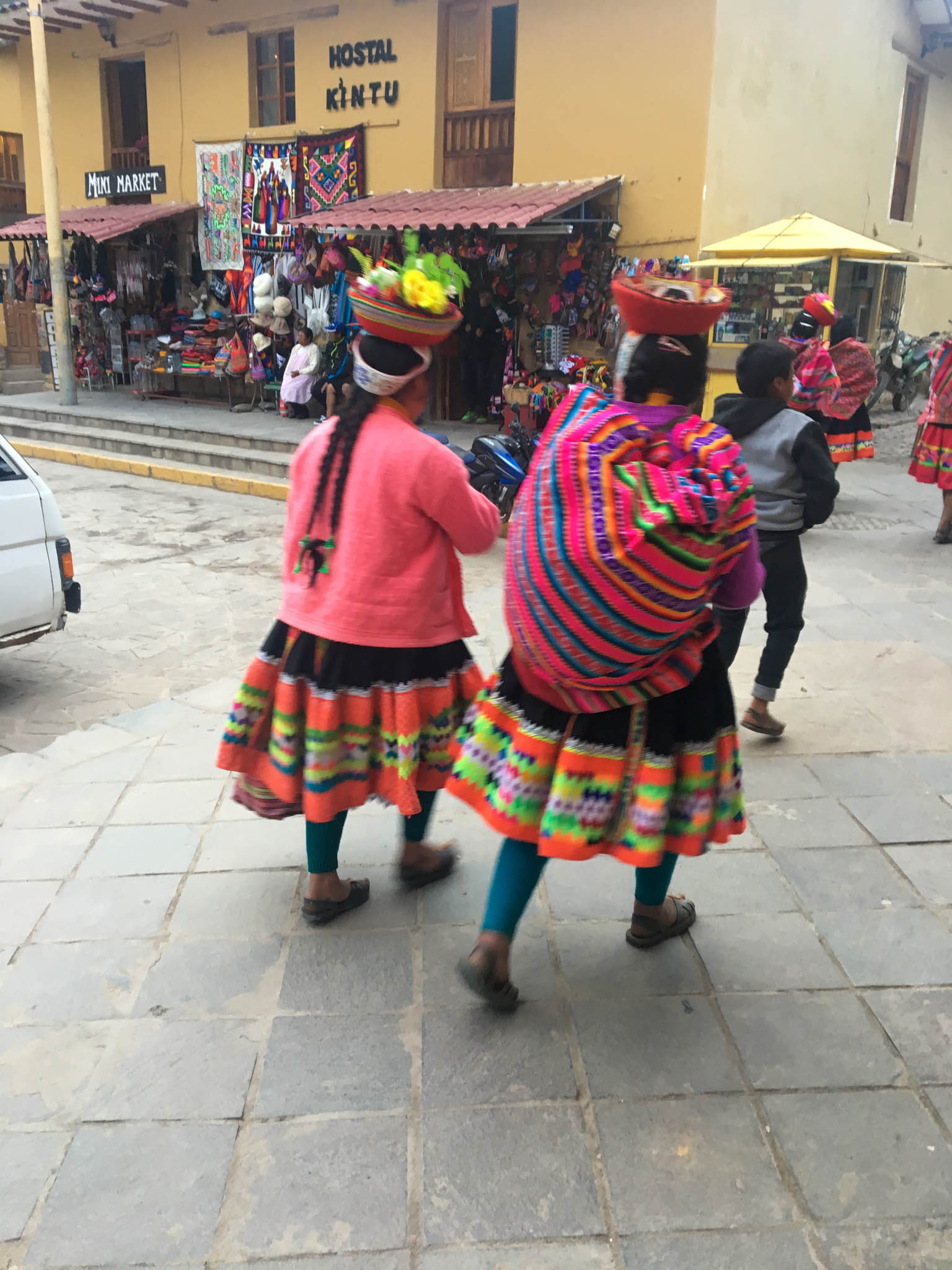
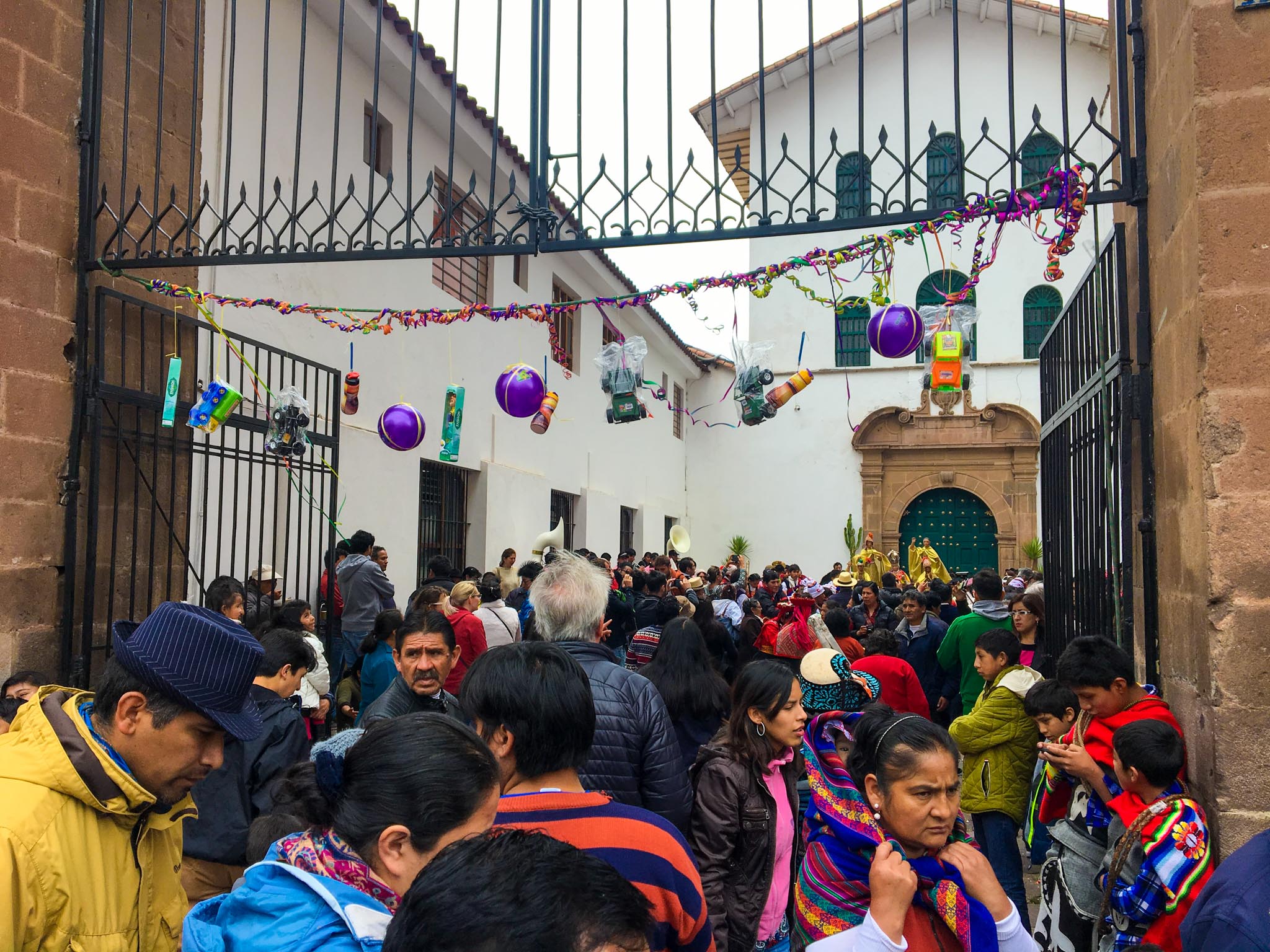
Food in Peru
In contrast to Lima, Cusco has more “gringo options” for a typical traveler. You will find nachos, burgers, or even Hawaiian pizzas. If that’s what your soul craves go for it but make an effort to try something more exciting. I am including the food list from my original Lima Guide.
Here is your must-try checklist for your trip:
- Ceviche: Marinated fish with onions, lime with vegetables. It’s the national dish and you should make it a priority to try.
- Lomo Saltado: Stir-fried beef coming from the Chinese influence on this cuisine which collectively is called Chifa.
- Aji de Gallina: This was my favorite dish. It’s shredded chicken in a creamy sauce. It’s served with rice and an egg. Total comfort food that made me super happy.
- Papas a la Huancaina: Another dish covered in a creamy sauce but this time, it’s potatoes!
- Cuy: I couldn’t do it and I don’t think I ever want to.
- Anticuchos de Corazón: This is heart meat and it definitely has an interesting texture. Not my dish but people love it.
- Pollos a la Brasa: Peruvians love their rotisserie chicken, and you should too when you’re in Peru.
- Arroz Chaufa: Variations of fried rice.
- Salchipapa: Street food composed of french fries and hot dogs.
- Picarones: Little street donuts.
- Coca Candies: I didn’t think they helped at all but a lot of people swore by their effects.
For your drink options try the following:
- Pisco Sour: Eggs whites, pisco, sugar, and lime. Despite the weirdness of the combo, this is actually a very tasty drink.
- Chilcano: Another pisco drink but this time with fruits.
- Cusqueña: Best beer ever.
- Chicha Morada: A non-alcoholic purple corn drink. Good for your health.
- Mate de Coca: You’ll drink this to help you adjust to the harsh altitude there. It’s a stimulant so don’t overdo it.
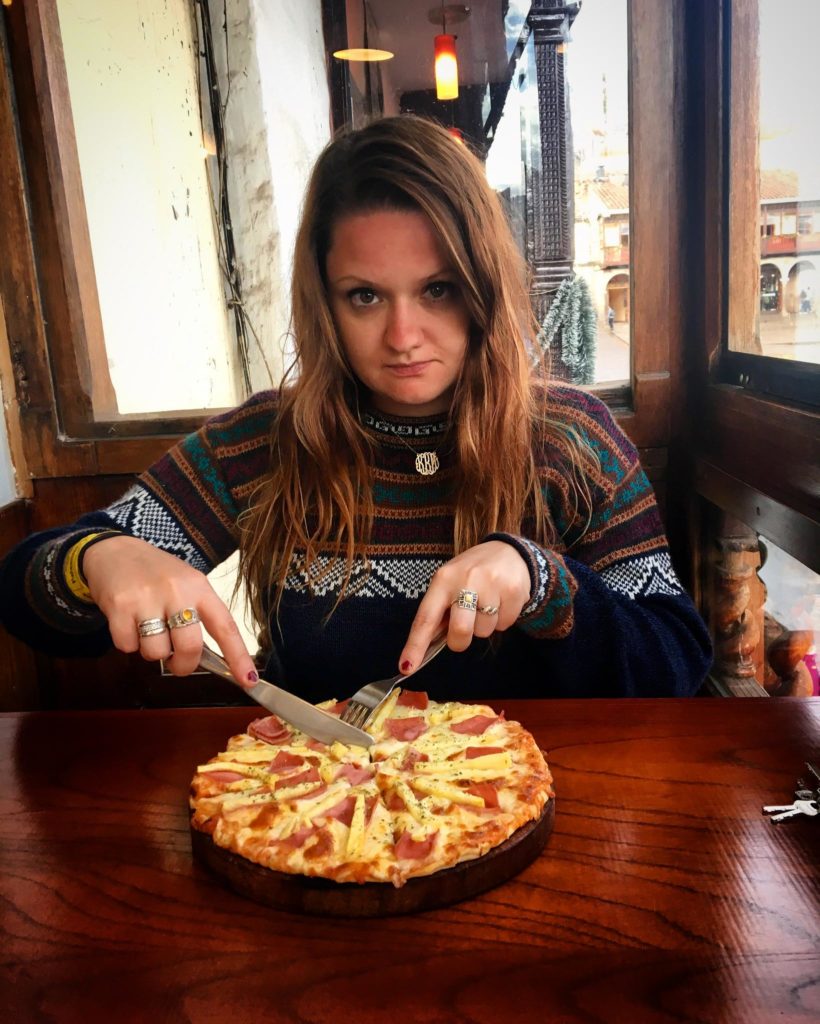
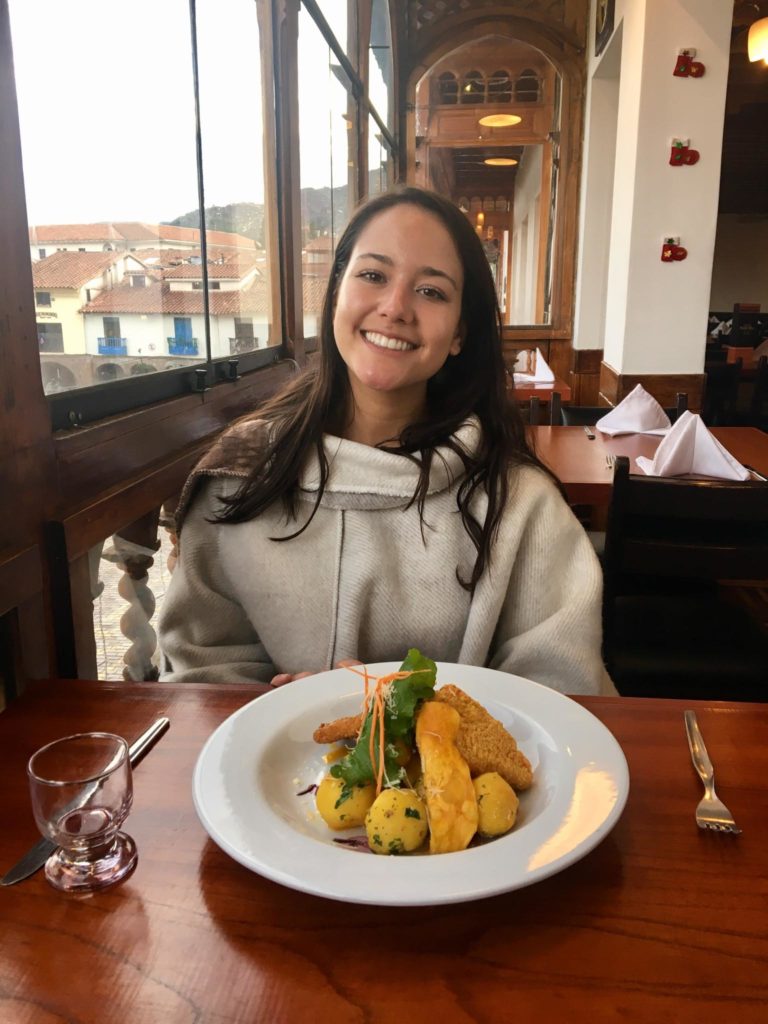
Important things to know before traveling to Cusco:
- Peru travel insurance: I cannot stress this enough. You need travel insurance before traveling to Peru or to any country, to be honest. Things happen and they happened to me twice: 1) a car robbery in Tenerife 2) another car incident in Mexico and not to mention that my friend got her phone stolen in Lima. BUT if you get travel insurance, you won’t cry over the “coulda shoulda woulda” because guess what? YOU’RE INSURED! I always recommend Allianz. They had my back a couple of times already.
- Peru trip cost: Roughly, the 10 days in Peru cost me around $1300 with flights, accommodations, and tours. You can certainly push this budget even cheaper but with a short amount of time, I had more spending flexibility. Again, my trip was certainly a backpacker-style budget trip.
- Peru travel blogs: When I plan trips, I always do my research to travel blogs. This is actually the reason why I started my own because I felt like some blogs lack important logistics or realistic views of places. For destinations like Peru or other South American countries, travel blogs will be your best resource for what to expect. So in addition to my own, search around, and read about people’s experiences to make the best plan for yourself.
- What is the best month to visit Machu Picchu: Probably one of the most asked questions in a Cusco context. May to September is the dry season so if you’re doing the Inca trail that’s the time you should go. However, I traveled in December and had decent weather for exploring.
- Don’t forget to buy your Machu Picchu tickets in advance. Especially if you want to climb mountains like Huayana Picchu too.
Perfect Things To Do in Cusco
Plaza de Armas
Plaza de Armas is the most iconic landmark in Cusco and for good reason. It features two beautiful churches, the Cusco Cathedral and Iglesia de la Comañía de Jesus, as well as a variety of shops, restaurants, and lively nightlife.
To fully appreciate the stunning views, consider having lunch at one of the restaurants with a balcony and ordering a pisco sour to enjoy while taking in the sights. It is sure to be a memorable experience.
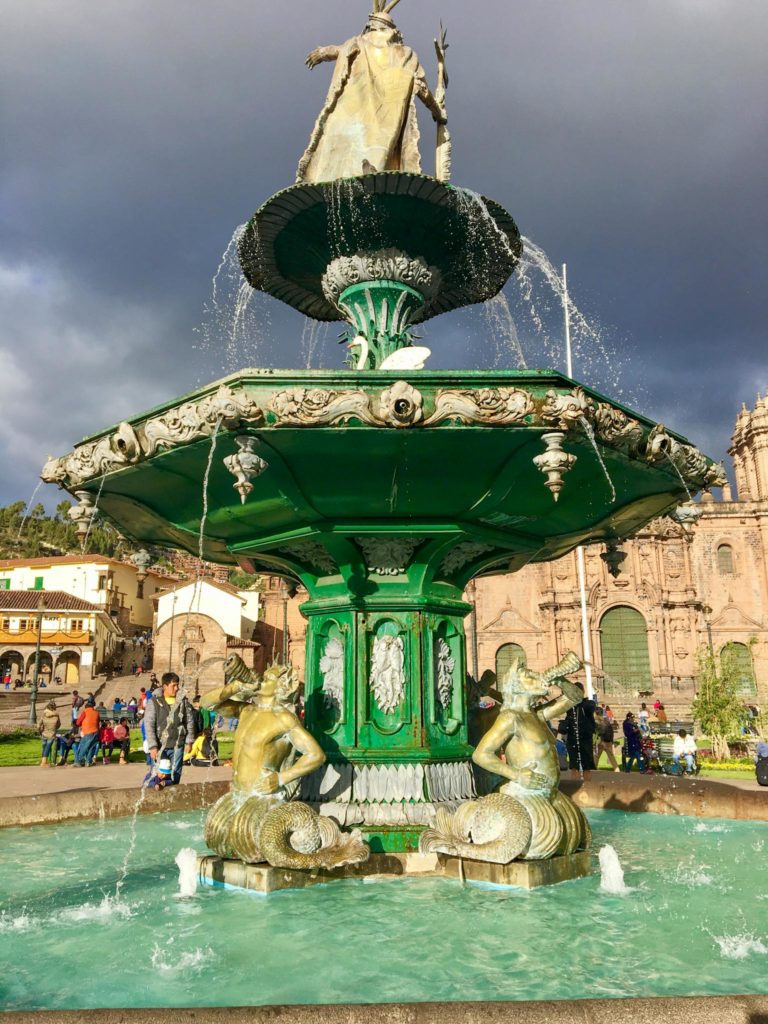
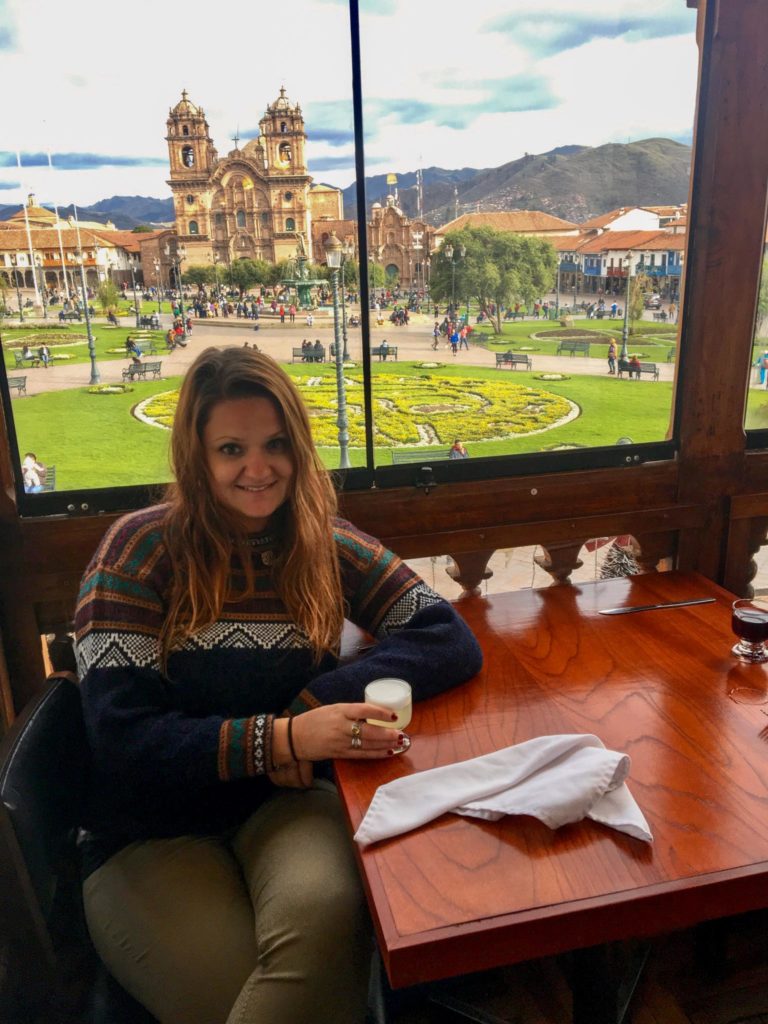
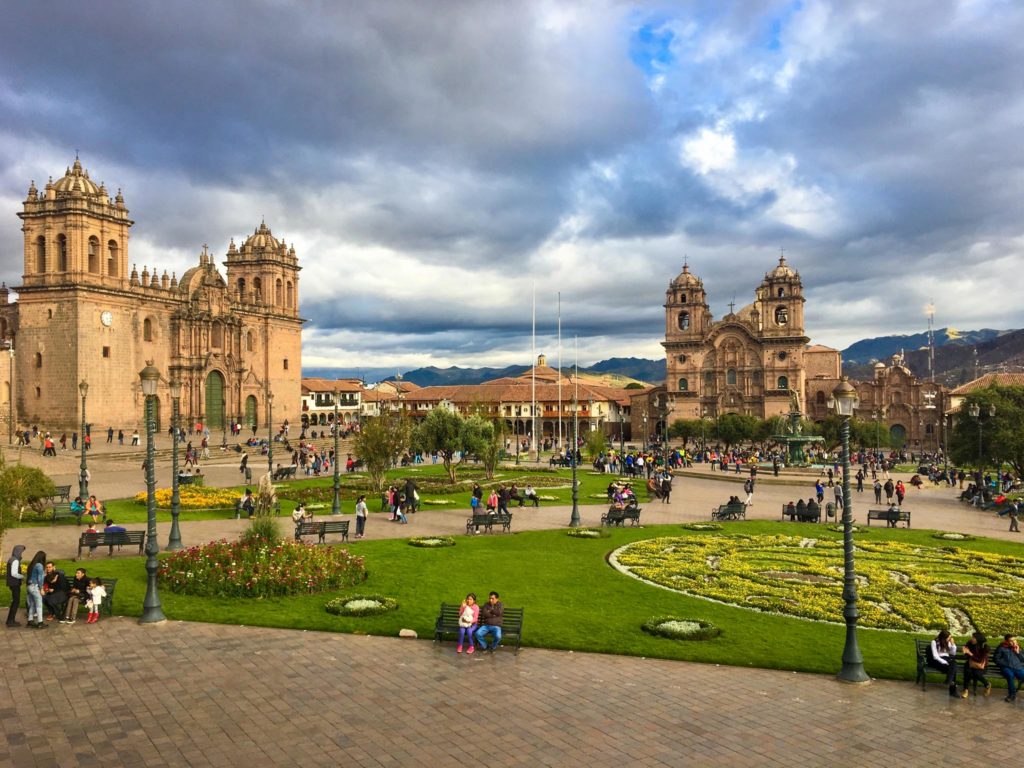
Saqsaywaman
Saqsaywaman is a fascinating archeological site located just outside of Cusco. The site is composed of massive stone structures, built by the Incas using precisely cut and fitted stones, without the use of mortar. It is thought to have served as a fortress and religious center. In addition to the impressive stone structures, the site also offers breathtaking views of the surrounding landscape. To fully appreciate the history and significance of Saqsaywaman, it is recommended to book a tour or hire a guide. However, you can also visit independently by taking a taxi or public transportation from Cusco.
This informative post by a travel couple describes a self-tour and really shows you the magnitude of this place.
San Pedro Market
San Pedro Market is a one-of-a-kind destination in Cusco that truly captures the essence of the local culture. From the vibrant atmosphere to the diverse range of goods and local specialties, this market offers a unique and authentic experience for travelers. In the stalls, you’ll find everything from fresh produce and juices to souvenirs and unusual treats like cuy (roasted guinea pig) and pickled snakes. It’s a great opportunity to support local vendors and try out some new and exciting flavors.
The market is also home to beautiful señoras running the stalls, adding to the vibrant and authentic atmosphere. Whether you’re looking for everyday necessities or a taste of something truly unique, San Pedro Market is sure to be a memorable experience.
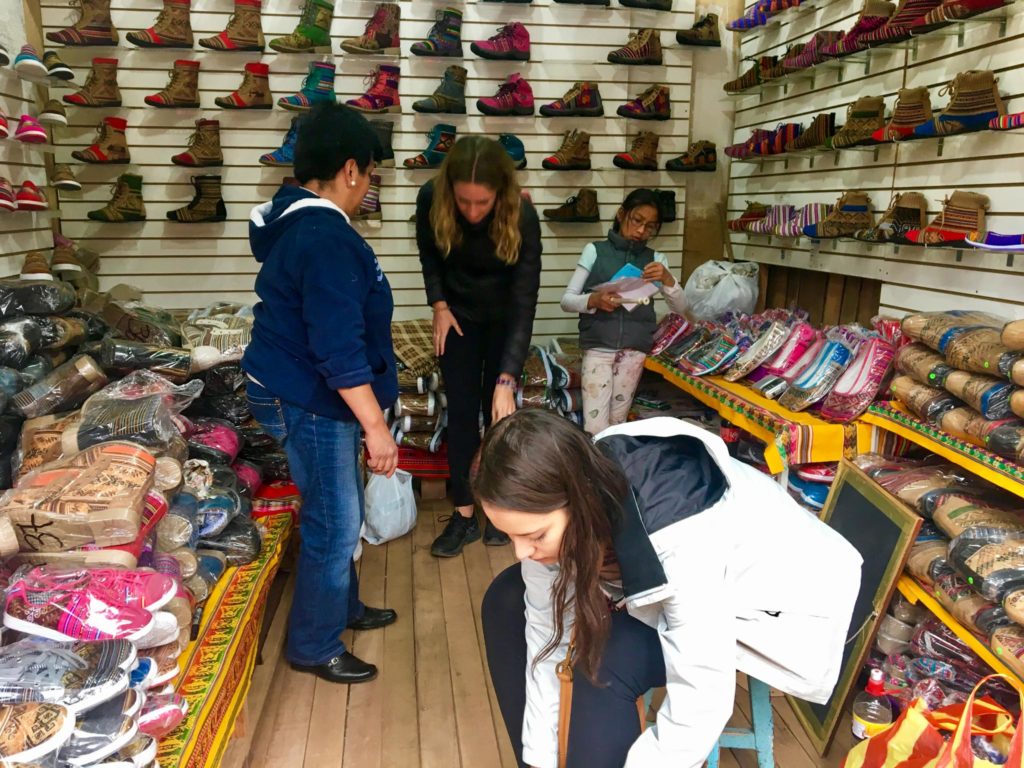
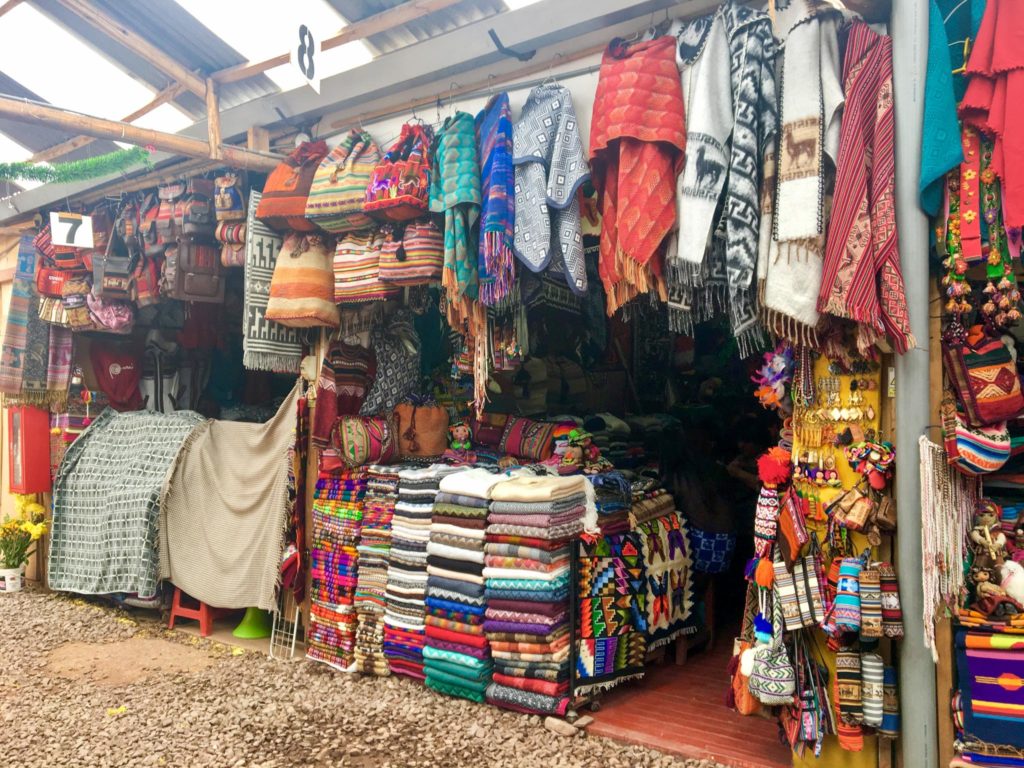
Mirador desde el Cristo Blanco
Located on the Pukamuqu mountain, the Mirador desde el Cristo Blanco offers breathtaking views of Cusco from a large statue of Jesus. While the structure itself is relatively small, the views of the city from this vantage point are well worth the visit. If you are acclimated to the altitude, you can reach the Mirador by taking a scenic walk through the San Blas neighborhood. However, if you are still adjusting to the high elevation or prefer a quicker mode of transportation, you can take a taxi to the site. Either way, the Mirador desde el Cristo Blanco is a must-see on your Cusco itinerary.
San Blas
Located just a short distance from the main plaza, San Blas is a charming neighborhood in Cusco that is not to be missed. This area is home to a number of interesting sights, including the famous 12-angled stones on Hatun Rumiyoc Street, the San Blas Market, the Templo del San Blas, and the Plaza San Blas. In addition to these landmarks, San Blas is also known for its artisanal shops, delicious coffee, and excellent restaurants. Whether you’re looking to explore the sights or simply soak up the local atmosphere, San Blas is a gem of an area that should not be overlooked during your visit to Cusco.
If you are looking for a drink in San Blas, you have a few options to choose from. For a lively atmosphere and a wide selection of cocktails, try La Chomba, a popular bar located in the heart of San Blas. Another excellent option is Chicha, which offers a selection of signature cocktails made with Peruvian spirits, as well as a variety of beers and wines. Alternatively, if you are in the mood for something more low-key, consider grabbing a coffee or a glass of wine at one of the many artisanal coffee shops or wine bars in the neighborhood.
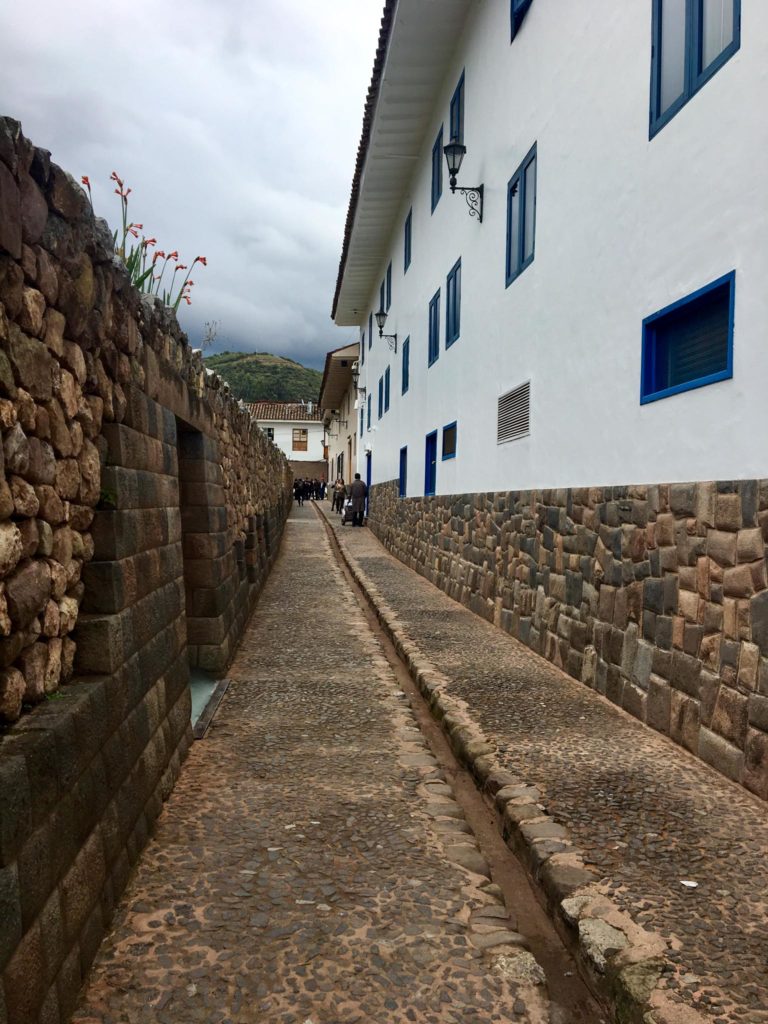
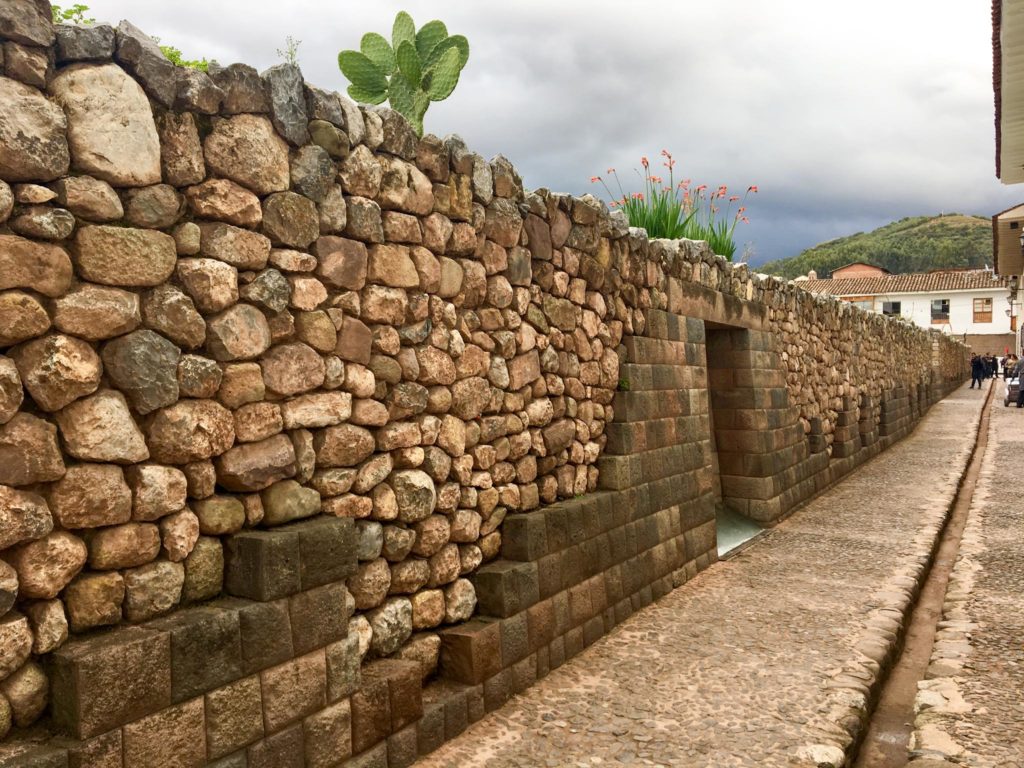
Plaza Kusipata
Plaza Kusipata is a small and peaceful square located just a block from the main Plaza de Armas. While it may not be as bustling as its more well-known counterpart, Plaza Kusipata offers a more laid-back atmosphere and is a great spot for people-watching while enjoying a snack from one of the street vendors. The plaza is surrounded by restaurants and shops and is home to the popular Choco Museum. While it may not be a must-see destination, it is certainly worth a visit if you are in the area, and it is a common meeting place for tours.
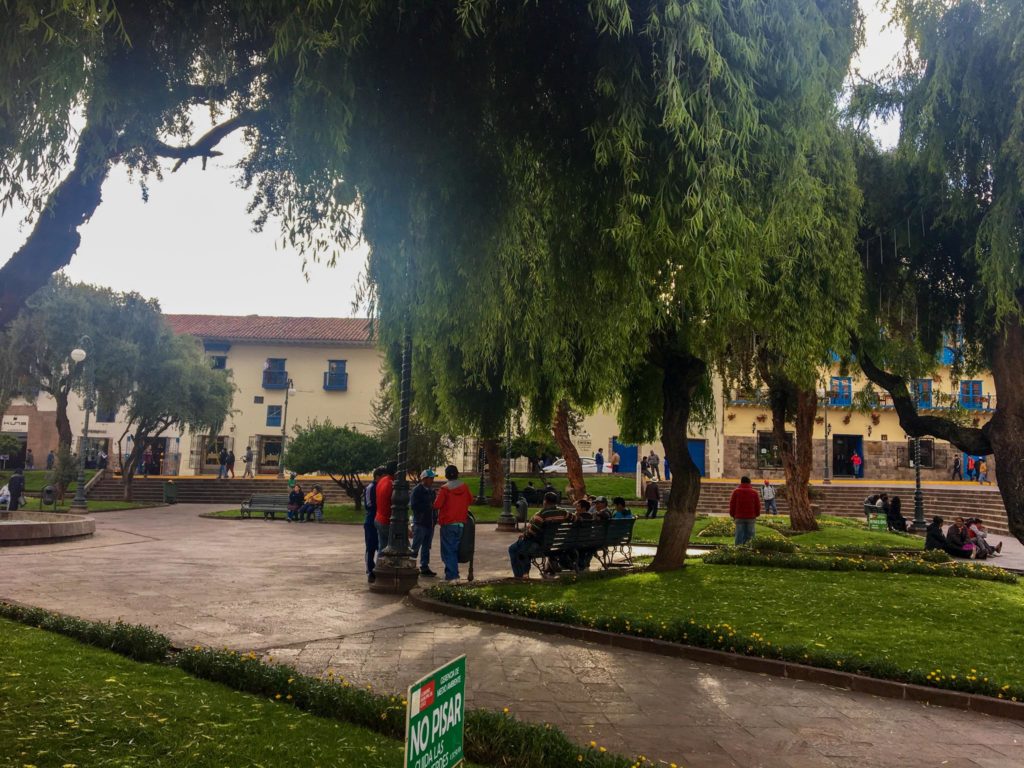
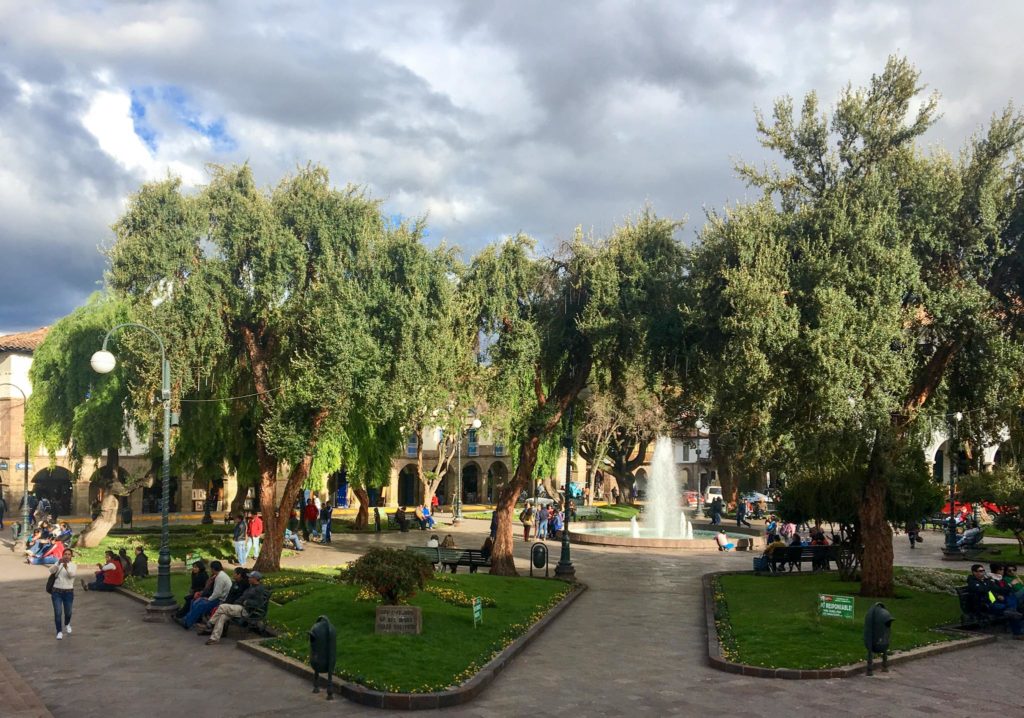
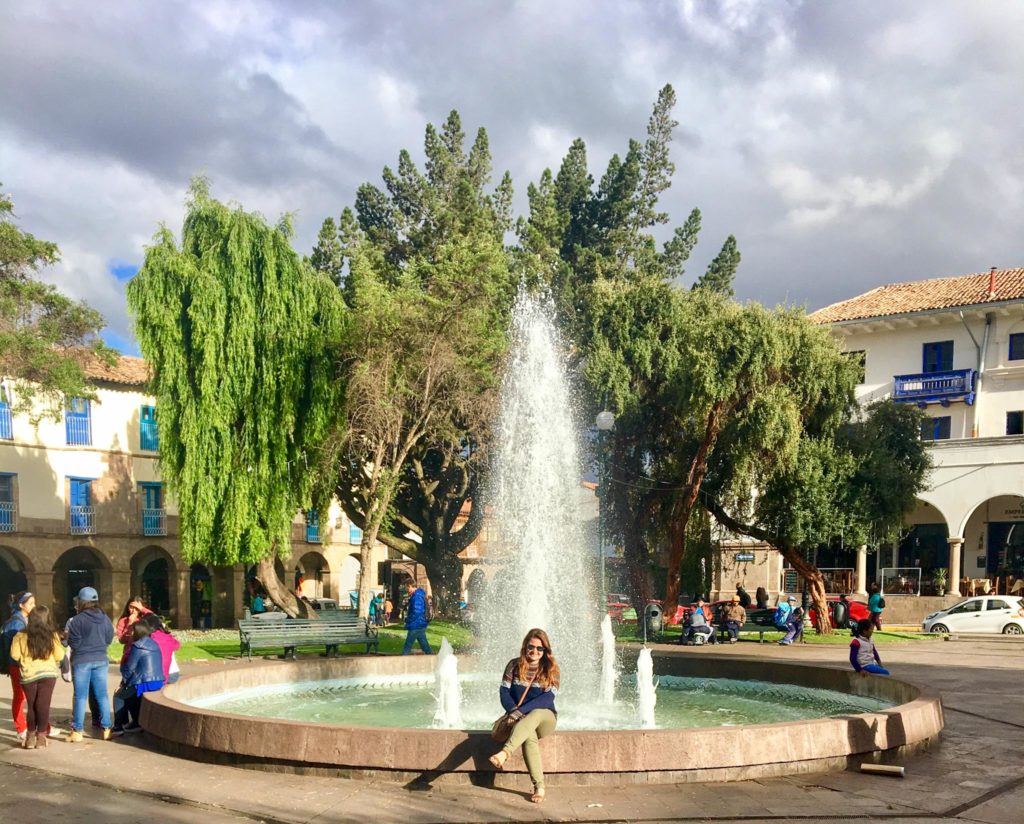
Avenida El Sol
Avenida El Sol is a busy main street in Cusco that stretches from Plaza de Armas and is lined with shops and restaurants. While it may not offer a lot in terms of attractions, it is a convenient location for banks and stores and is a great place to get a feel for how locals go about their daily lives. While exploring the city, consider taking a walk down Avenida El Sol to get a sense of the local culture and way of life.
Qorikancha
Located just off of Avenida El Sol, Qorikancha is a temple dedicated to the sun god that is worth visiting if you have some downtime in Cusco. The temple is surrounded by the beautiful Jardin Sagrado, a green space that is also home to the Convent or Iglesia De Santo Domingo. While Avenida El Sol may not be the most exciting destination on its own, it is a convenient location to access Qorikancha and the Jardin Sagrado, which are well worth exploring.
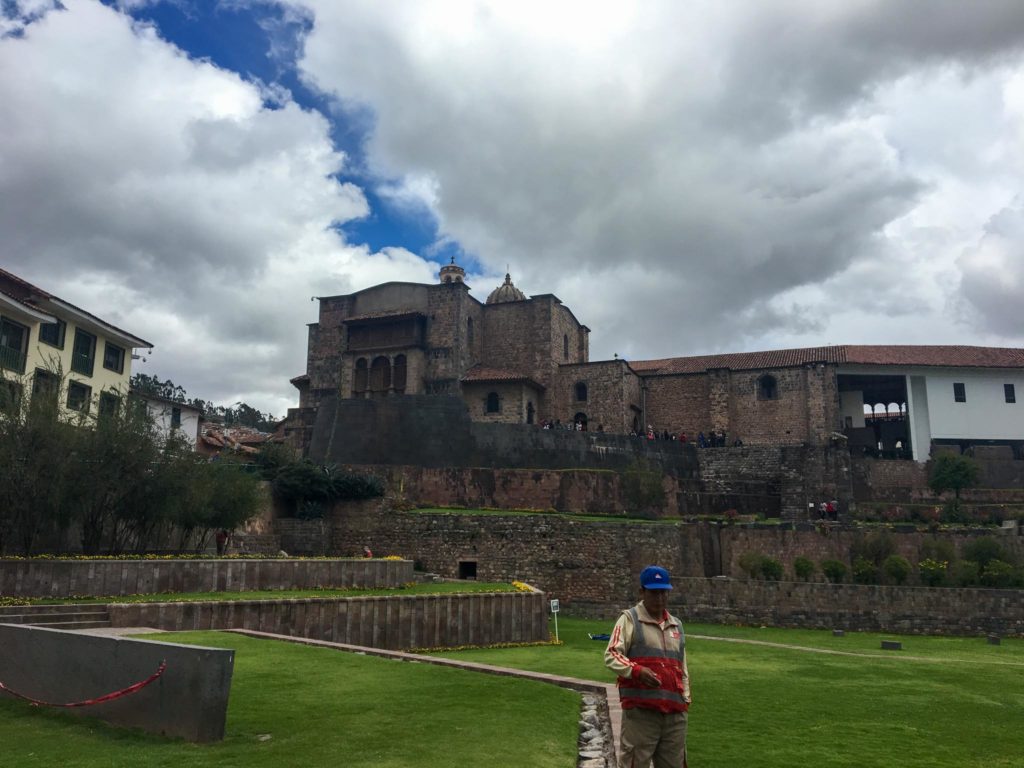
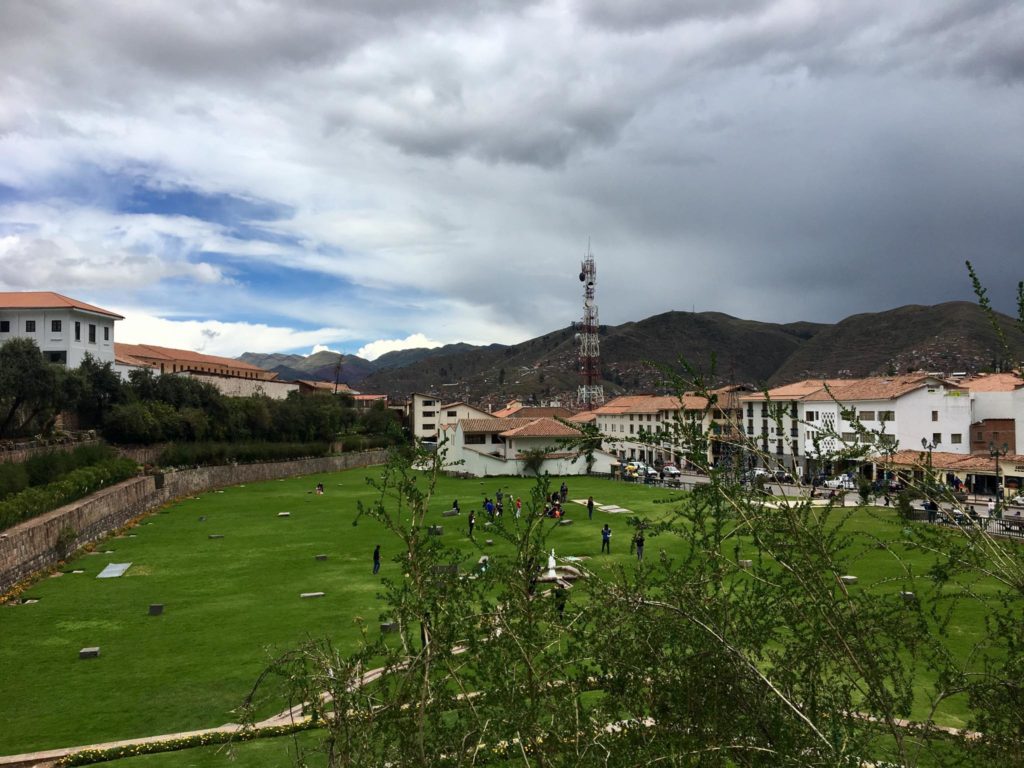
Party
Ok, I hate to sound like your mom, but do not drink and party until your body has acclimated to the altitude. You will get a huge headache and you will be miserable for a long time after. When you are ready though, see Cusco through its wild parties. I’m assuming you have heard of the Wild Rover or Loki parties. It’s not necessary my vibe, but if that’s your thing, don’t miss the dirt cheap happy hour.
Mama Africa and Mushrooms are a local staple for a night out. Paddy’s Irish Pub is also really a true Irish pub in South America. Just for that, it gets my vote. Clubs start their nights around midnight, check out places like Mythology or Chango Club. Other places can be simply found by walking around Plaza de Armas. You won’t have a problem with finding them.
Visiting Machu Picchu from Cusco
This might not be obvious to some people, but Machu Picchu is not located as close to Cusco as you might’ve assumed but it’s a real short trip from it. You can experience this sight in two ways: 1) trek the Inca Trail or 2) take the train there.
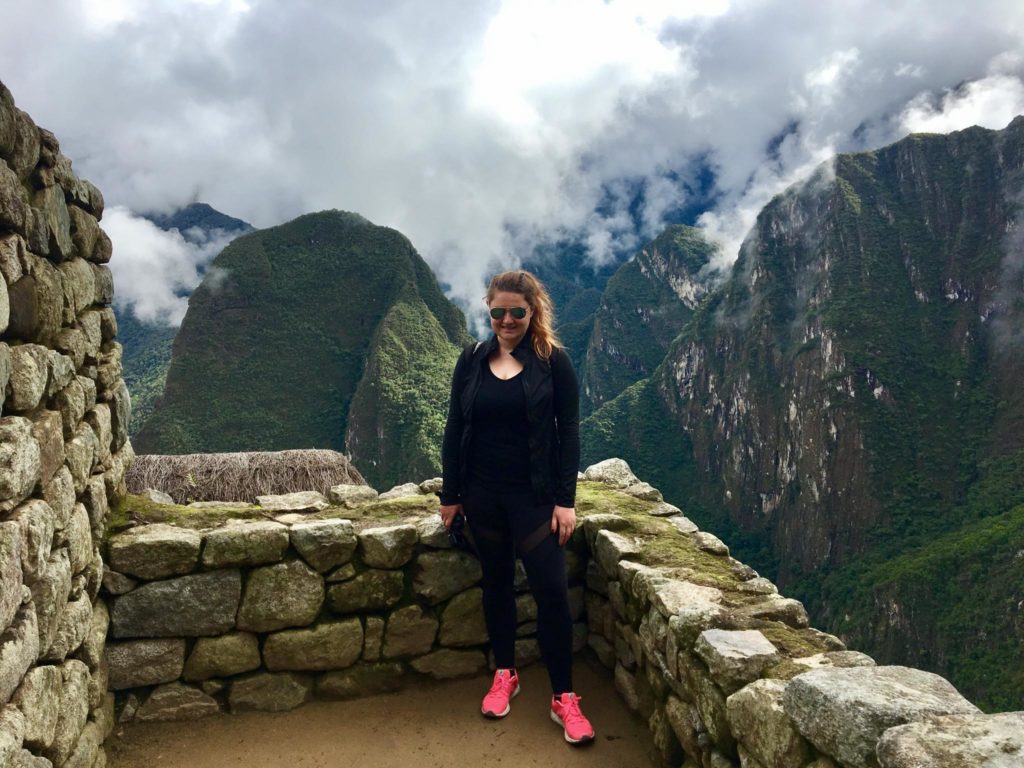
Each of those options has variations within it. The Inca Trail has a 4D/3N option or a 2D/1N one. There is also a longer but more scenic trail, the Salkantay Trek. Which you choose depends on your length of stay, fitness level, and also budget. Machu Picchu tickets have to be purchased on their official website. So let me give you the gist of each of these options:
- Inca Trail: One would argue that this is the way you should visit Machu Picchu. Trekking for 3 days to see this wonder of the world on the 4th must be the best feeling ever. From what I heard, that’s exactly correct. But don’t think for a second that this is an easy option. Only opt out for this if your physical level allows and you acclimated enough to the altitudes ahead. You will need to book this with an official tour guide and prices can be pretty expensive too. To give you an example, this is a very popular group that runs highly reviewed tours. I met a couple of people on my trip that praises their services. A simple google search will give you a ton of options so when choosing read the fine print of what each includes. If your travel plans are a bit more flexible, you can bargain for a better price in town. The best time to visit Machu Picchu is said to be between May and September due to dry weather and if you’re planning to do this trek this is an important consideration.
- Salkantay Trek: This is an alternative to the classic Inca Trail but it’s named as one of the top ones in the world. It’s hard because you reach a crazy altitude but the views will be uncomparable. It’s a good option because it’s significantly less crowded.
- Scenic Train: The third option, one I opted out of due to time constraints, is simply taking the train to Machu Picchu’s base town called Aguas Calientes. You can take a train from Cusco, Urubamba, or Ollantaytambo via two operators, Peru Rail or Inca Rail. First, you will need to pre-book your Machu Picchu entry tickets through the official website and then match your train options. Arrive a day before your Machu Picchu visit in Aguas Calientes because you’ll want to get to there as early as possible. Note that now you have to reserve a time slot rather than just having a general ticket.
Scenic Train: Arriving in Aguas Calientes and Machu Picchu
Bus ride to Machu Picchu: When you get to Aguas Calientes, you will then take a bus that starts leaving at 5:30 am from town. Tickets can be purchased in Cusco or at the booth in Aguas Calientes town. Don’t get scared by the long lines. You’ll get on. Alternatively, you can walk up the mountain, but I suggest doing that on your way down instead.
Guide and surrounding mountains: By the new rules you need a guide on arrival, whether that’s through a tour you pre-book or hiring one on arrival. MUST BRING: You will not be able to enter without a passport or printed tickets so triple-check that you packed them.
If you’d like to hike one of the big mountains you see in the pictures, Huayna Picchu being the more difficult one, or Machu Picchu Mountain, you need to make those reservations weeks if not months in advance on the official website. I personally did Huayna Picchu and loved the challenge.
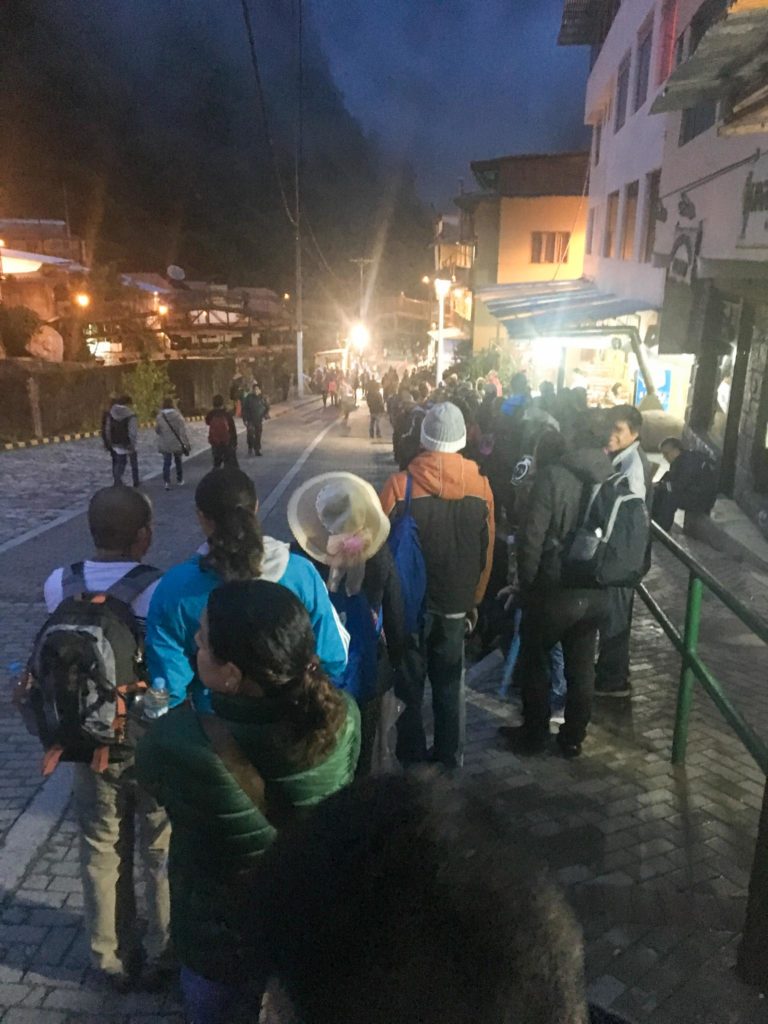
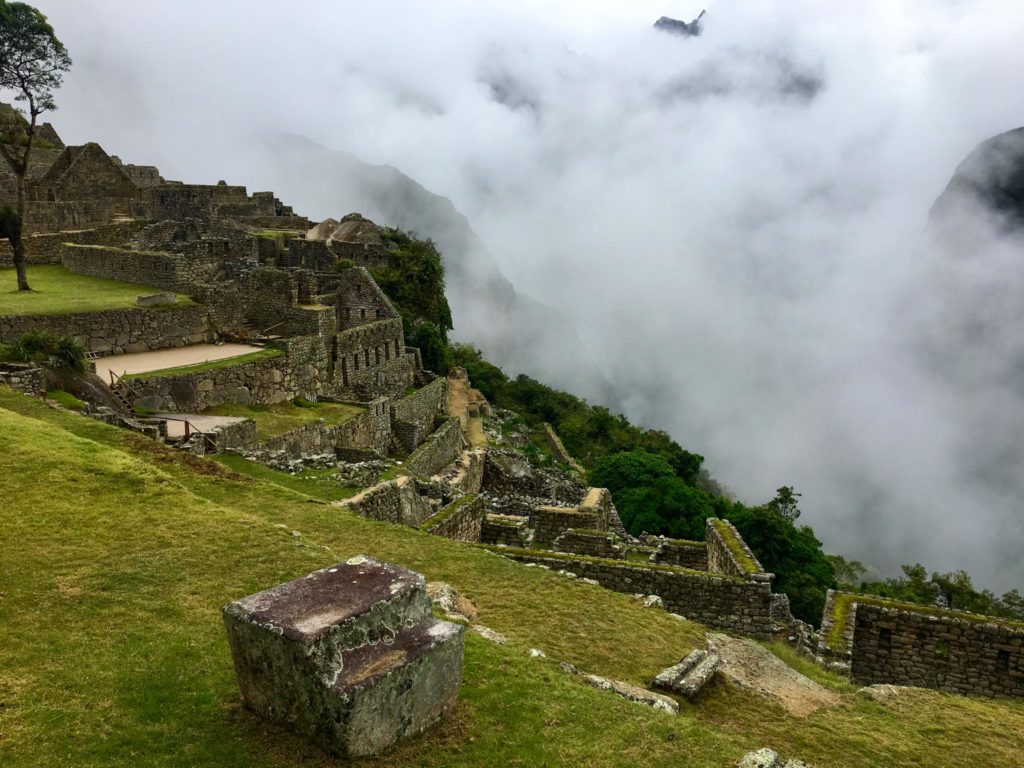
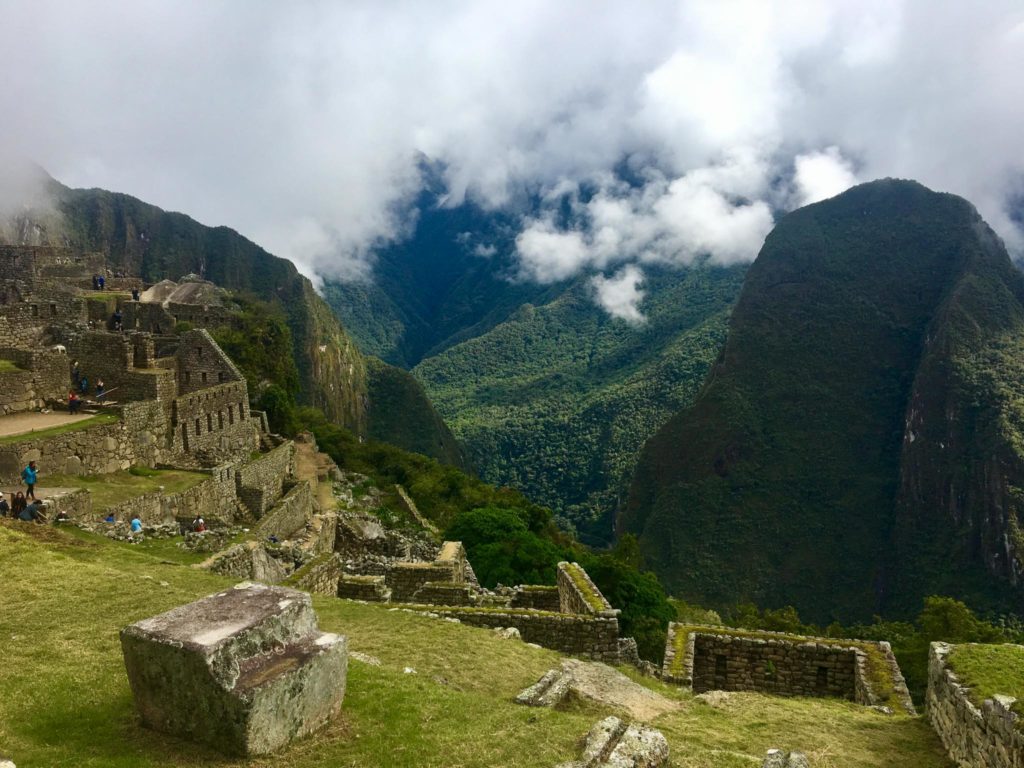

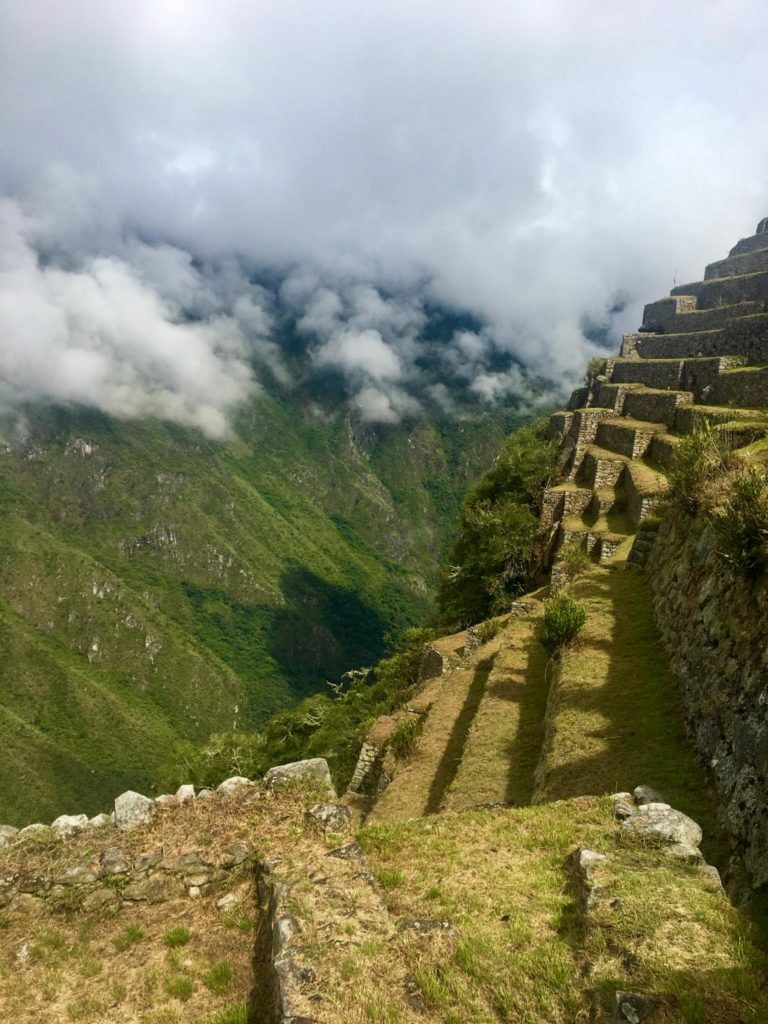
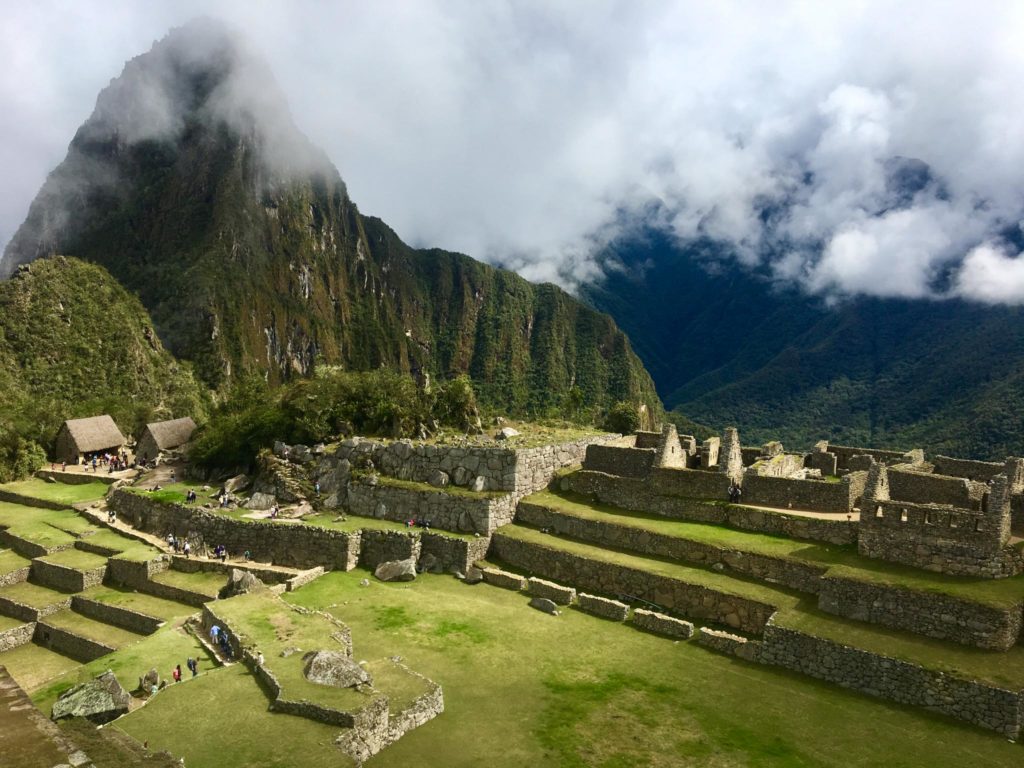
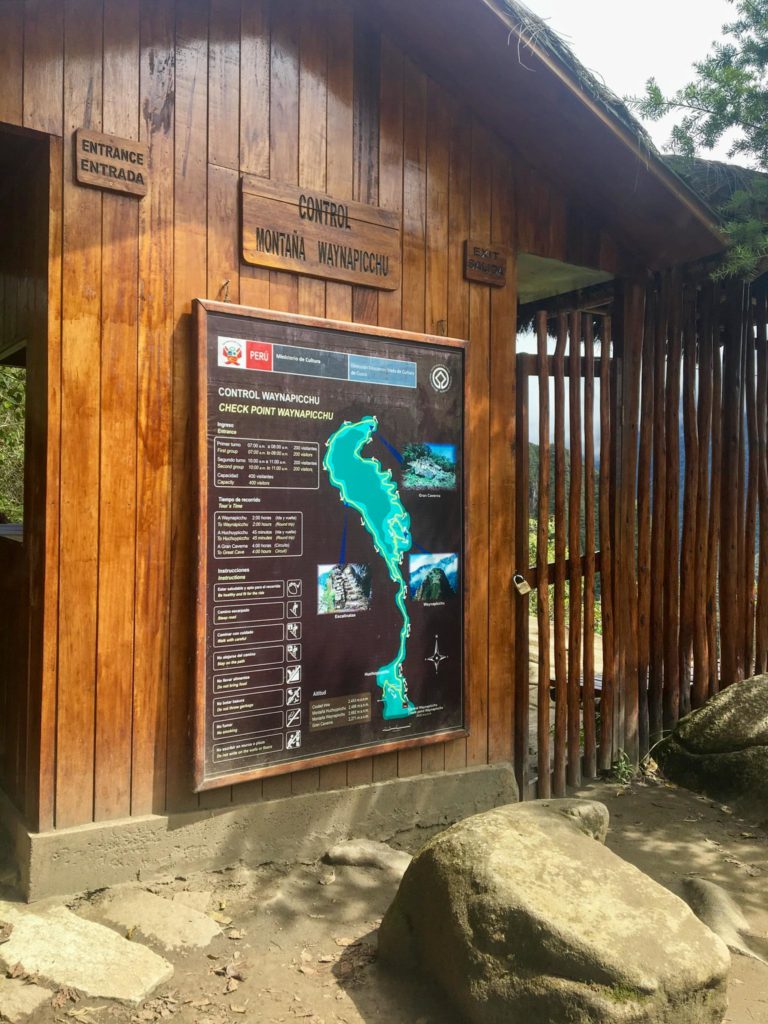
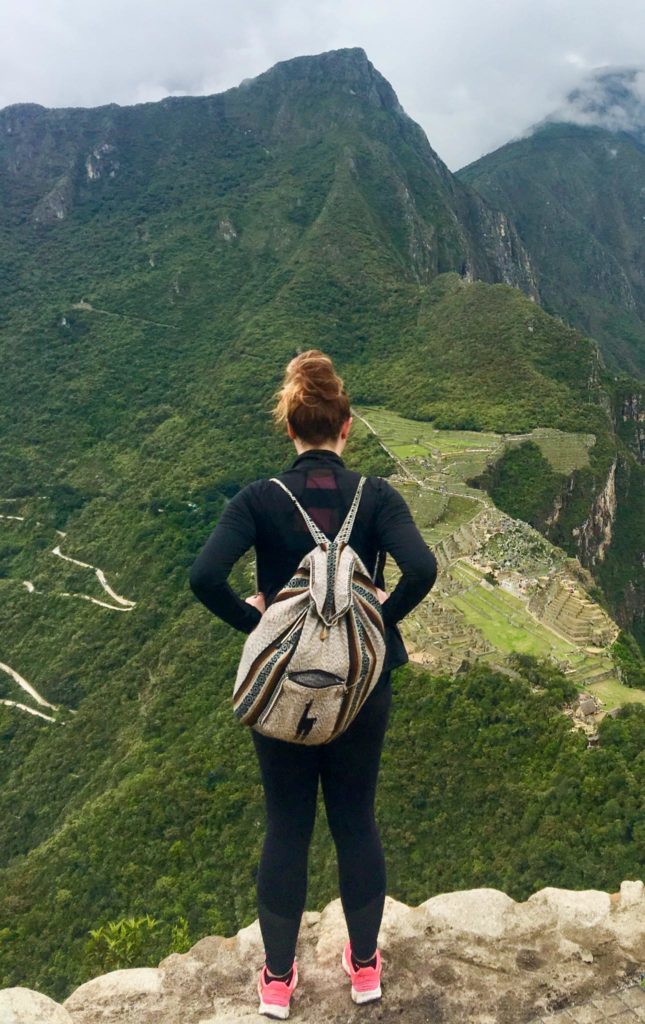
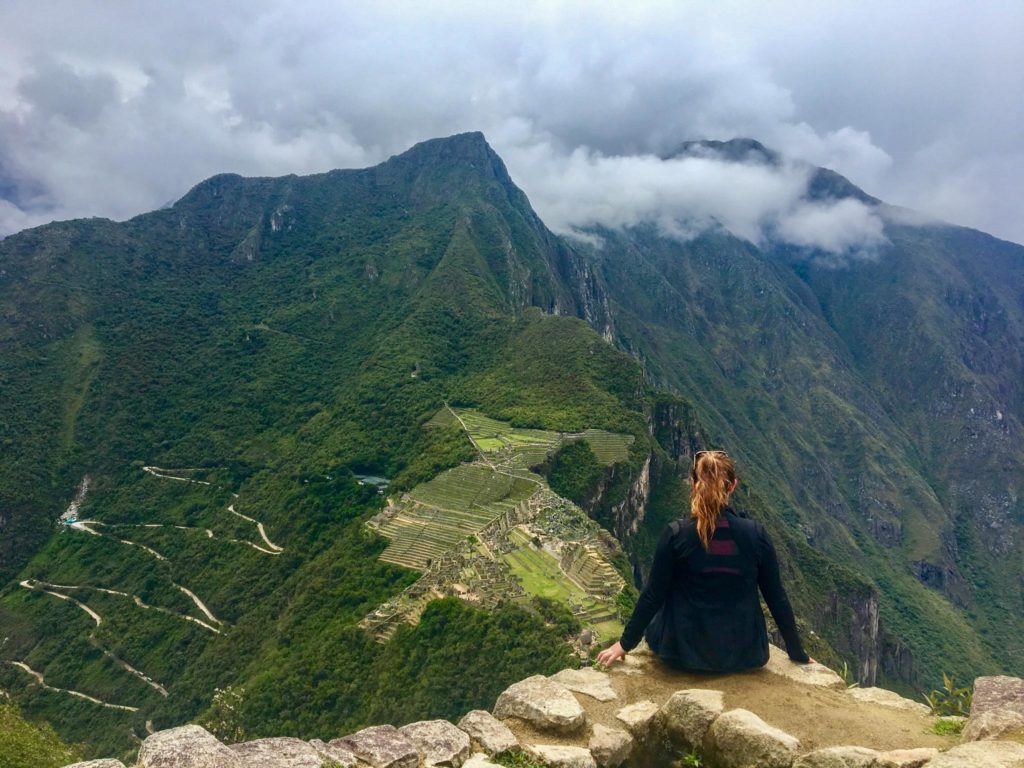
Day Trips from Cusco
Rainbow Mountain
I visited Peru In January of 2017. Rainbow Mountain or Vinicunca was still less known. There was a slight social media presence but aside from town signs and hostel travelers talking about it, it wasn’t that popular. Today, it seems that at least a couple of people you know have been there. It’s become a huge tourist failure so I honestly don’t know what its future holds. However, if you’re up for a day trip let me at least prepare you for what’s ahead.
This trek is not a joke. I cannot emphasize that enough. The altitude is crazy high, 5,200 m or 17,000 feet. If you haven’t adjusted to the altitude in Cusco, don’t even attempt this as you will end up at the hospital. However, when you are ready, prepare for a very difficult hike up. You will need a guide to take you there, usually leaving crazy early from Cusco. There is a possibility of doing it alone but getting there is difficult with the current road situation. When you get to the base, they will feed you breakfast and then leave you for a 2 to 3-hour hike up. It doesn’t sound like much but you’ll lose your breath 15 minutes in 🙂

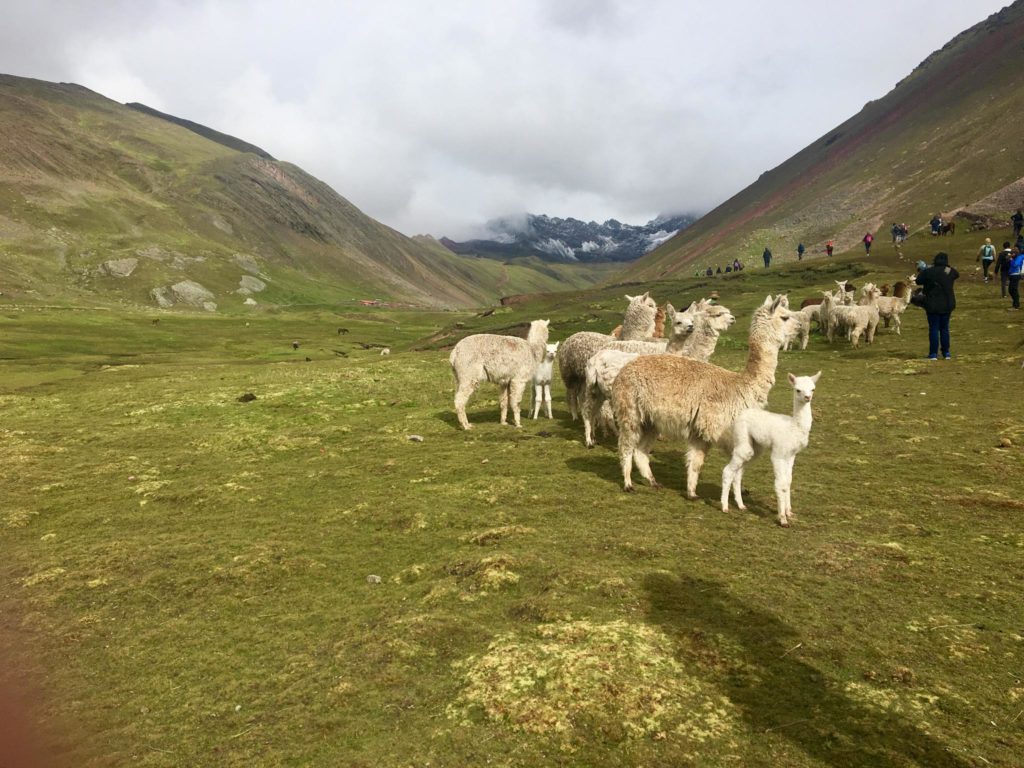
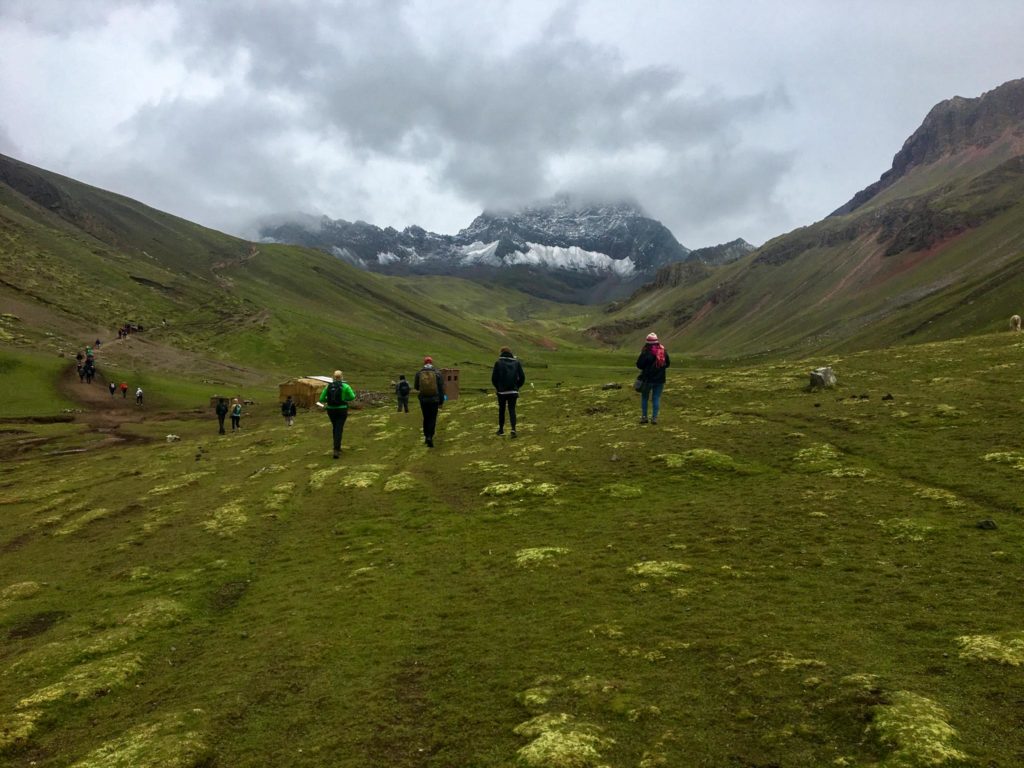
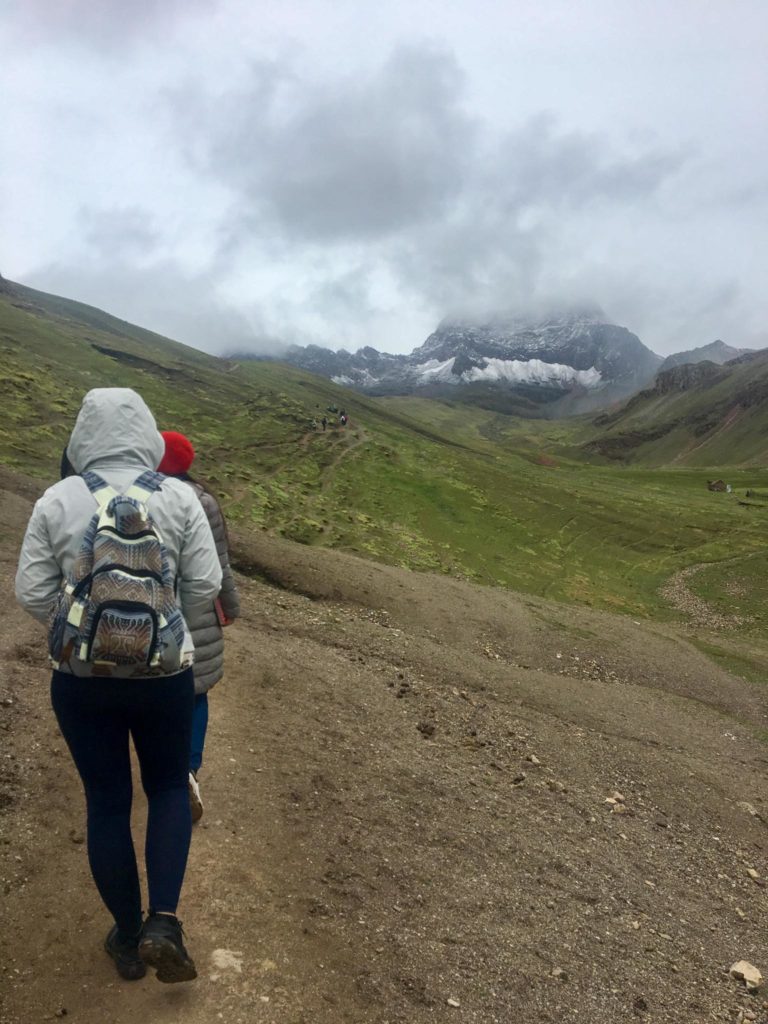
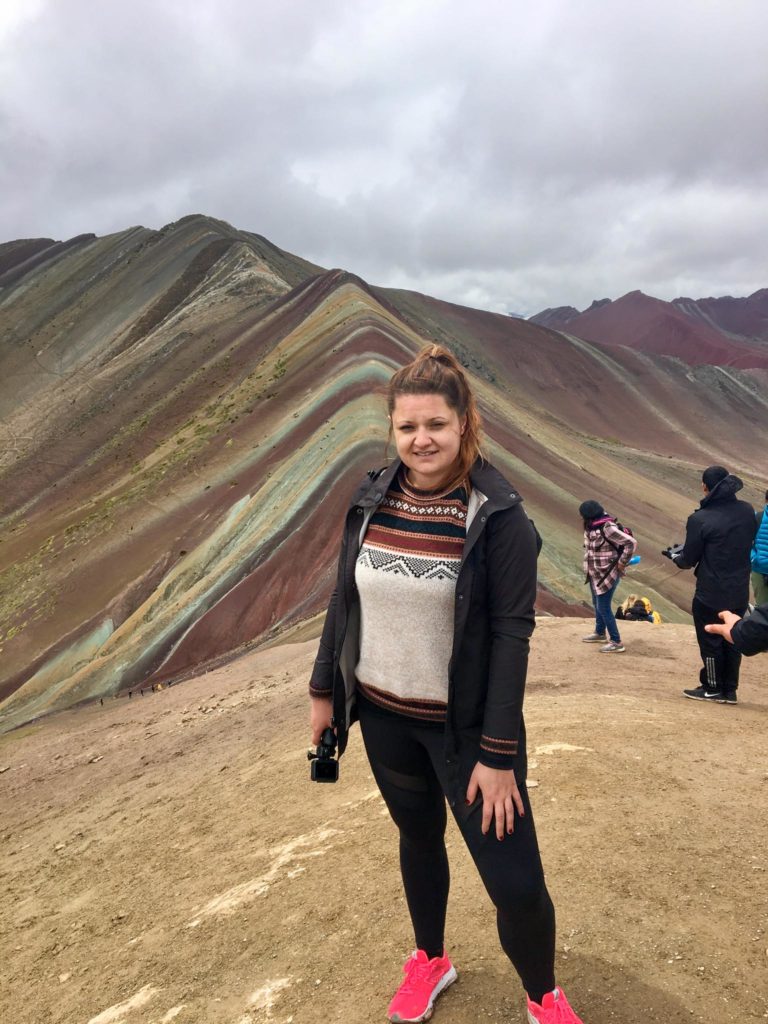
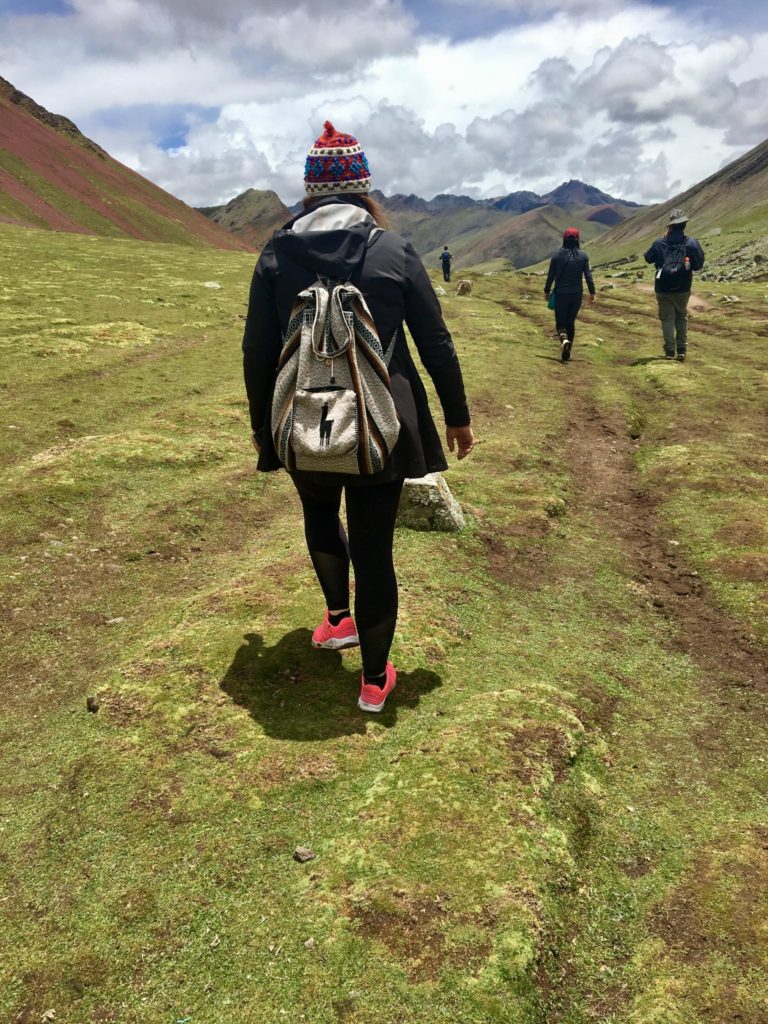
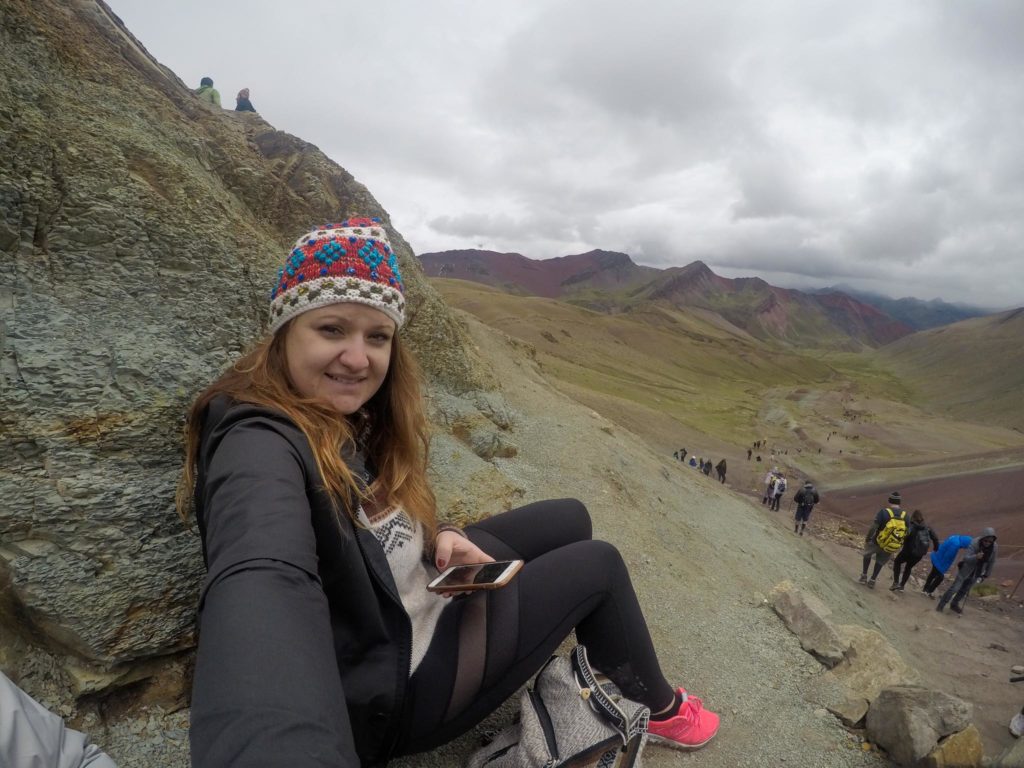
And the reality hits …
My story went like this: I signed up for this knowing it will be hard but not realizing how hard. About 3/4 of the way there my best friend fainted while hiking but we got her back shortly after. We then got on a donkey to get us closer to the summit as we physically couldn’t walk any further. The views up there made us forget for a second how much pain we were in. Descending back through the Red Valley gave us both the worst headaches of our lives. We had to miss the group dinner because we couldn’t move from the bus, that’s how much pain we were in. Finally, we got back to the hostel and slept for the next 12+ hours.
This is an amazingly realistic article that sums up what you can encounter if you decide to do this. My experience wasn’t as bad as theirs but that’s because I had better weather conditions. There are also some companies like this one, who won’t support this “tourism gone wrong” spot. I genuinely appreciated reading that from them and not trying to be yet another place profiting off of this failure.
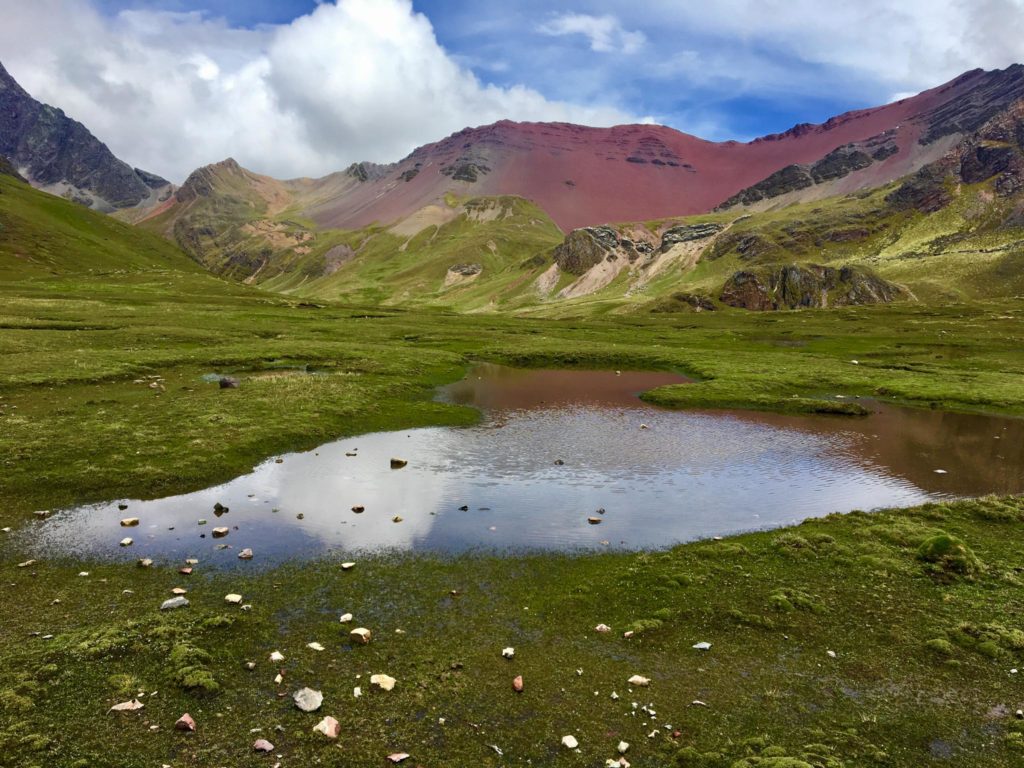
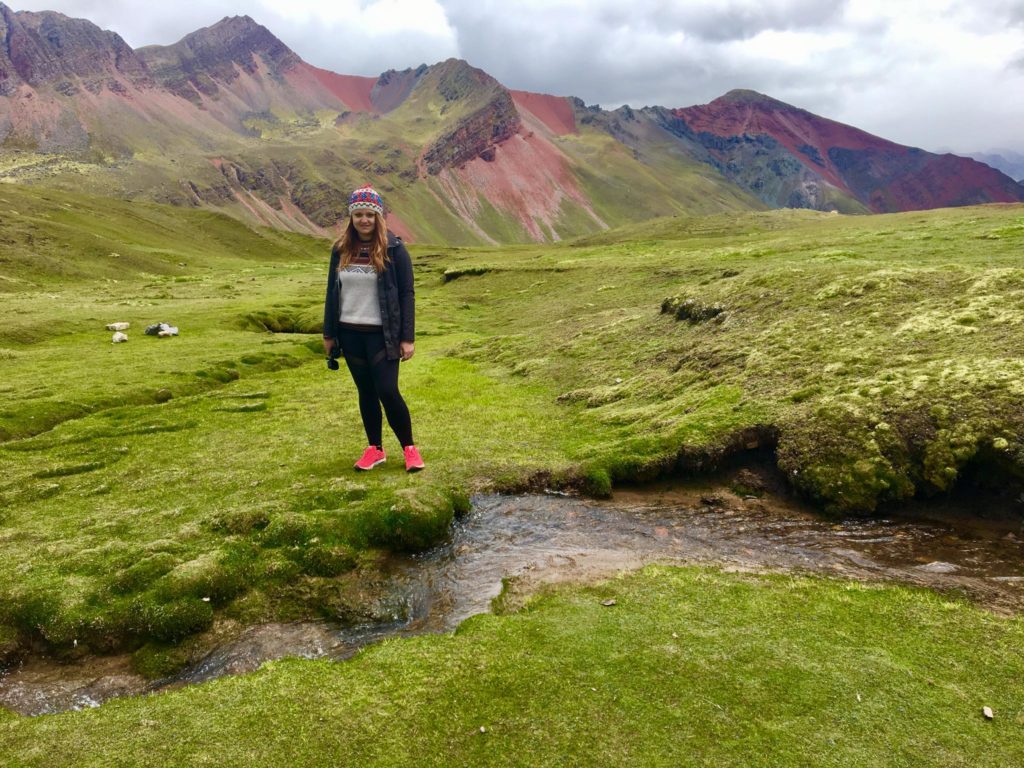
Sacred Valley Tour
If you purchase a Sacred Valley tour from Cusco, these are the places that are usually a part of your trail. First is Pisac, a tiny town with some local shops. Then you have Urubamba, a much bigger town with Moray Salt Mines, close by. The most popular sight is Ollantaytambo, a small town with ruins on site. I actually really enjoyed exploring and climbing them. When I got to the top, I was able to watch a small town gathering that was happening there too. A popular thing to do is to take a train from this town too to Aguas Calientes if you’re not doing the Inca Trail.
My experience with a tour group: I booked a Machu Picchu train tour with the Sacred Valley option for the first day through Rasgos del Peru. While nothing technically went wrong, the price for what was offered was a total rip-off. Most of the meals weren’t included, the accommodation in Aguas Calientes was not great and just the overall timing of everything wasn’t worth it. I also didn’t realize that the train ride that they offer is scheduled at night depriving you of any views of the surrounding areas. I mean the only highlight of taking the train instead of doing the Inca Trail are those views. When you’re choosing a company, be vigilant about what is offered. Sometimes paying a little more can go a long way.
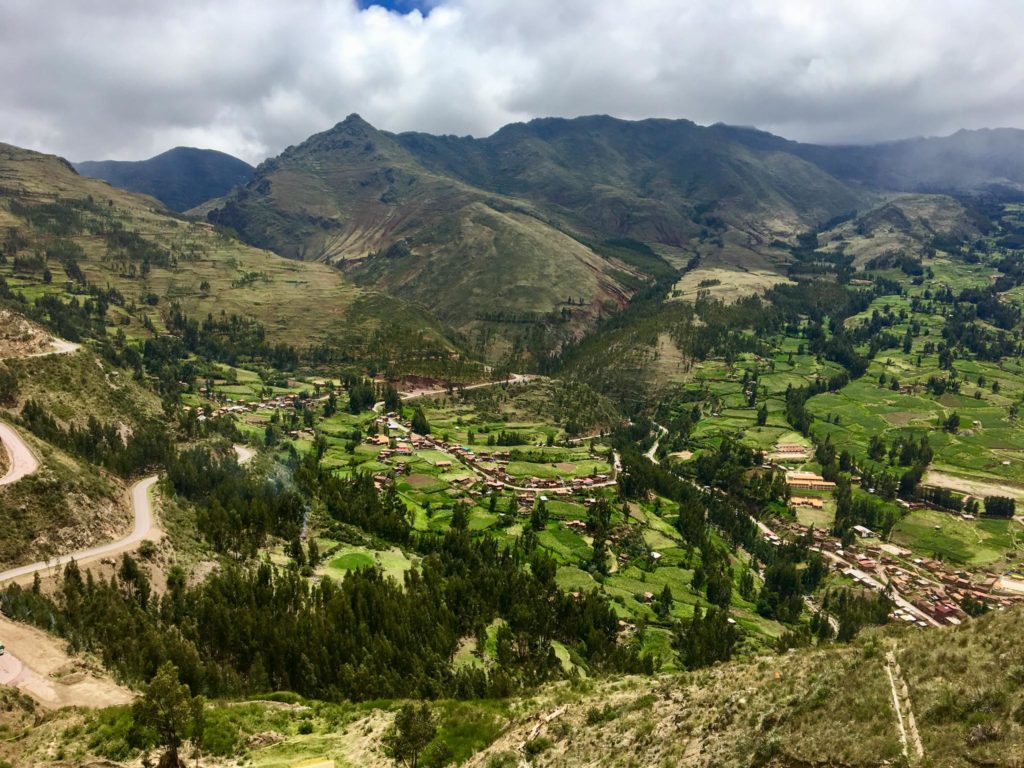
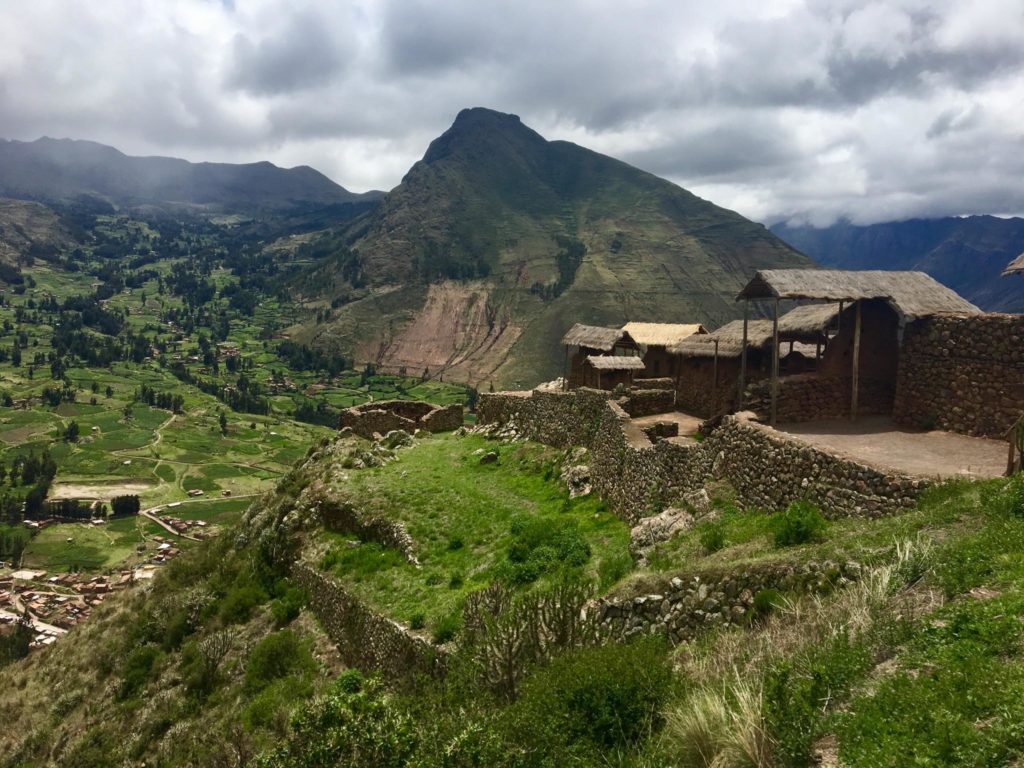
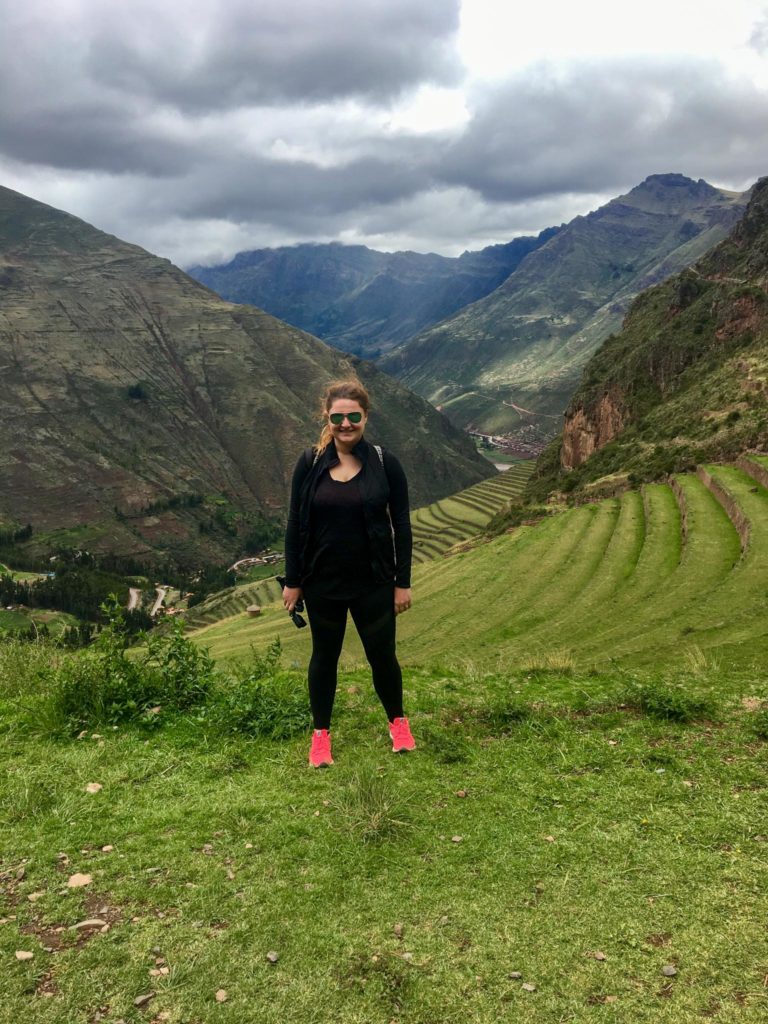

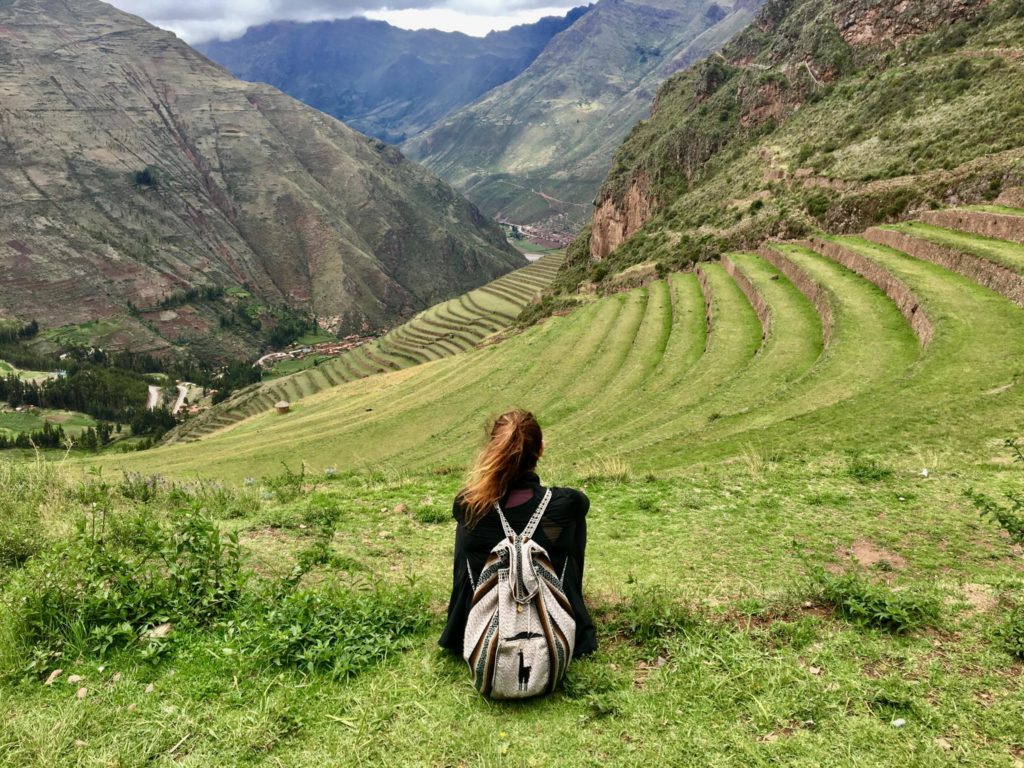

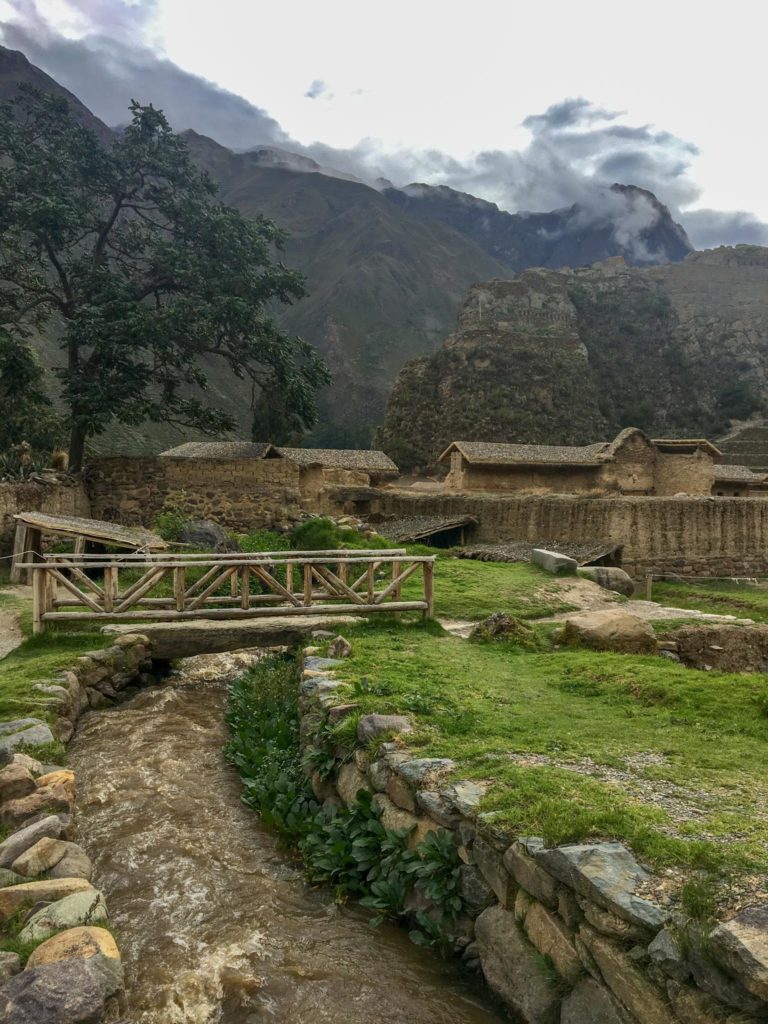
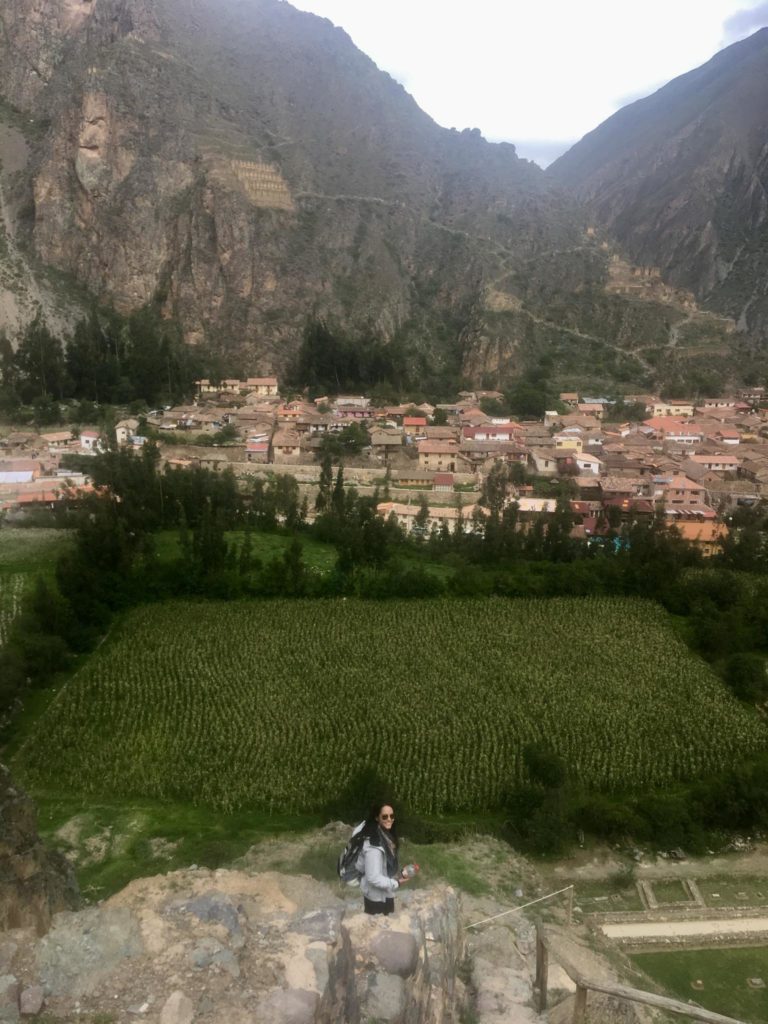
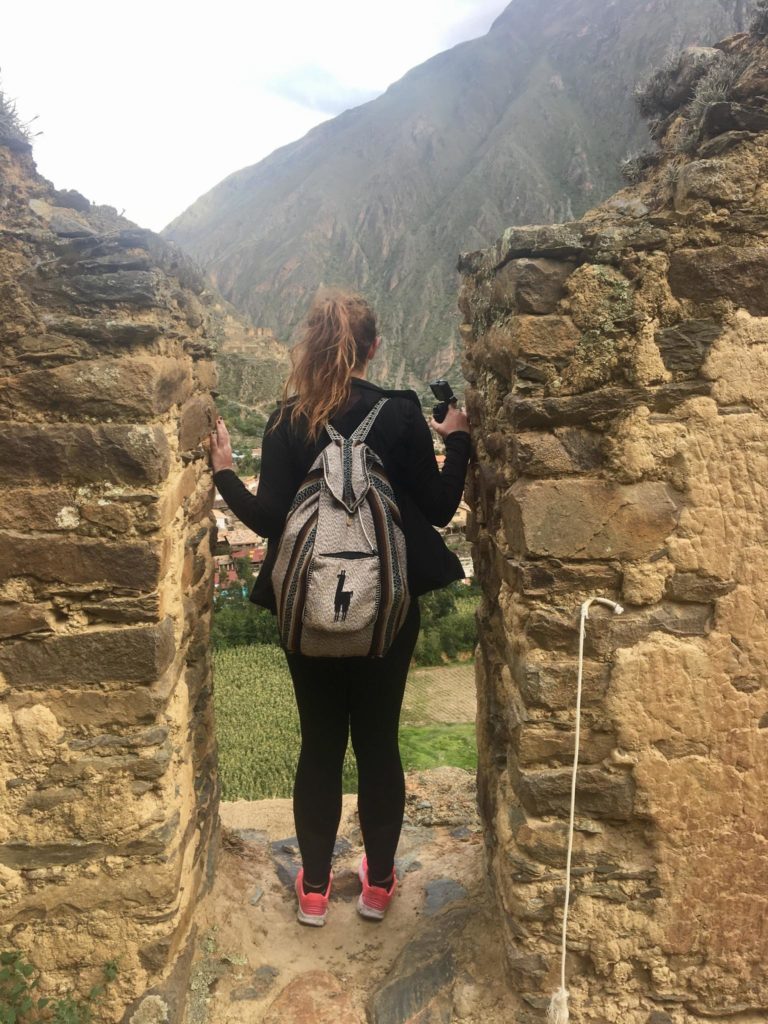
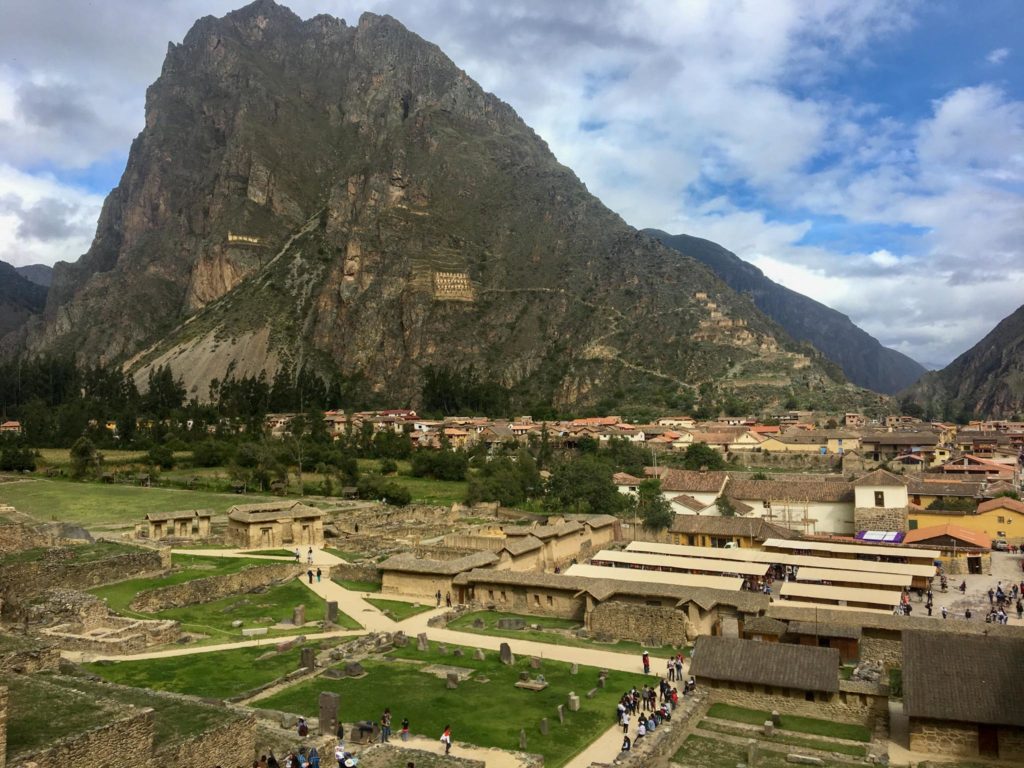
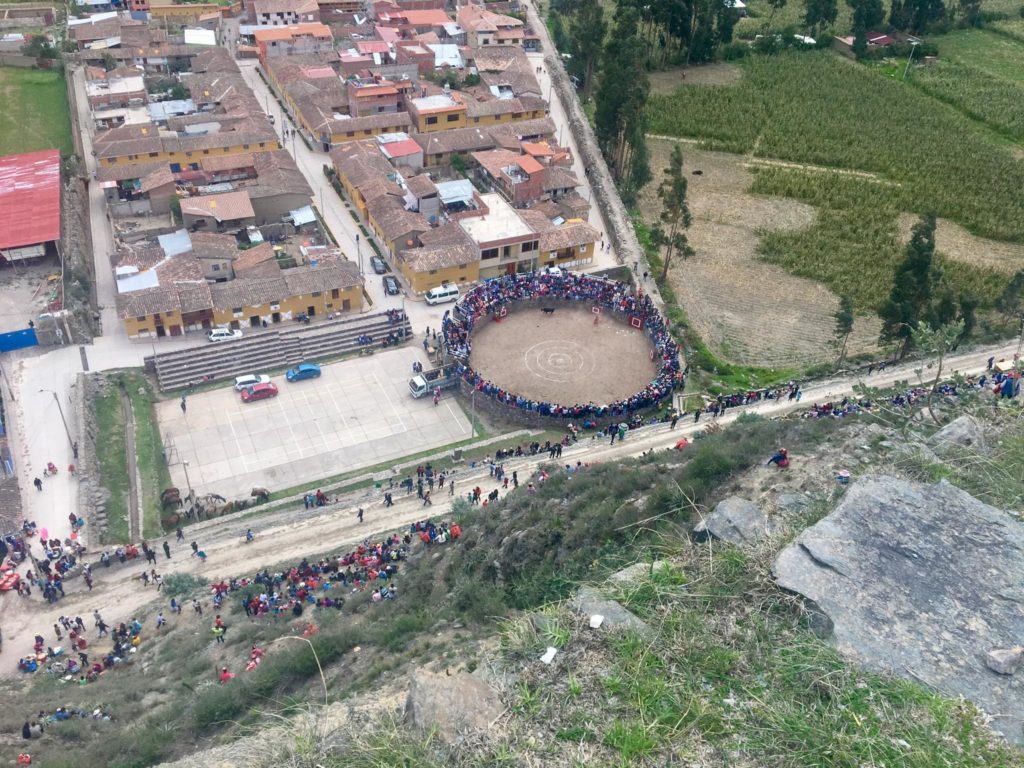
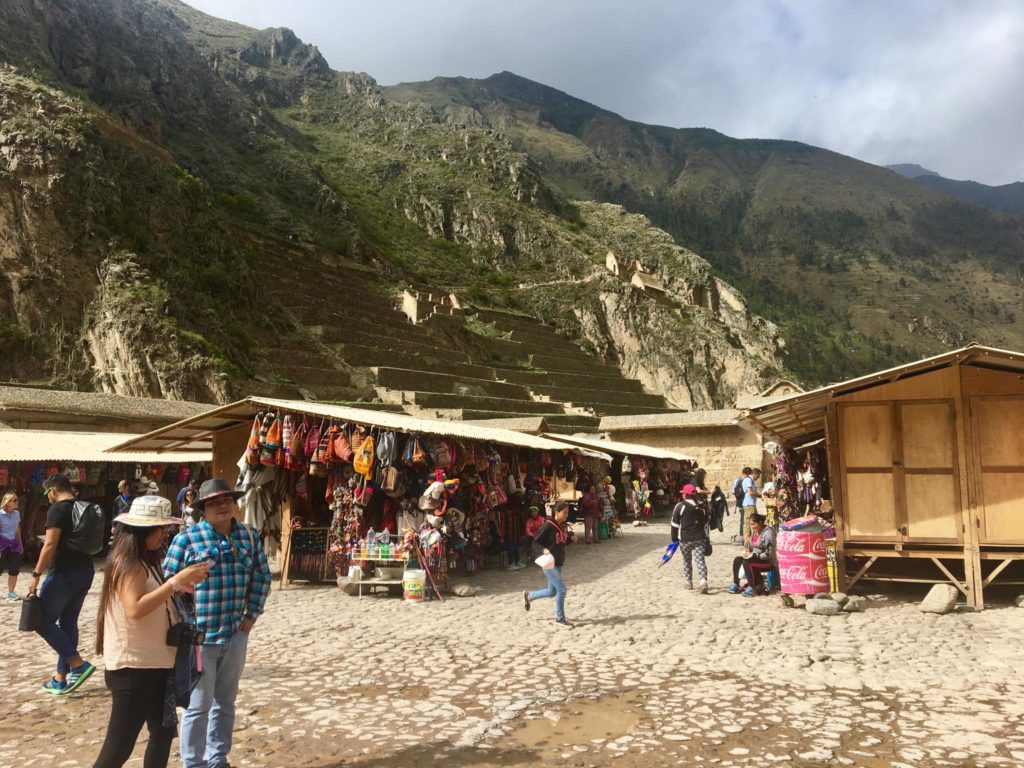
Humantay Lake
After learning about it upon returning home, I regret not visiting the stunning turquoise Laguna 69 during my trip to Cusco. Located in the Andes with a breathtaking mountain backdrop, this lake should be a top priority on any traveler’s list. It is reportedly a challenging hike, so it is recommended to go with a tour group. Prices for tours average around $40 per person and the reviews are generally more positive than those for Rainbow Mountain, which has become somewhat of a tourist trap. Don’t miss out on the opportunity to see this stunning natural wonder – add Laguna 69 to your list of must-sees in Cusco.
FREE downloadable guides for your 3 Cusco itinerary:
3 Day Cusco itinerary
3 days in Cusco is the happy medium during which you can acclimate, explore the highlights of the city and even catch a night of fun.
You will spend the first day relaxing while getting used to the altitude. The second day will consist of Plaza de Armas, San Blas, and then a good night out. Do not drink a lot though as your body will not be ready to handle the alcohol yet. On your third day, you will explore some ruins in the city, shop at San Pedro Market and admire some views from above.
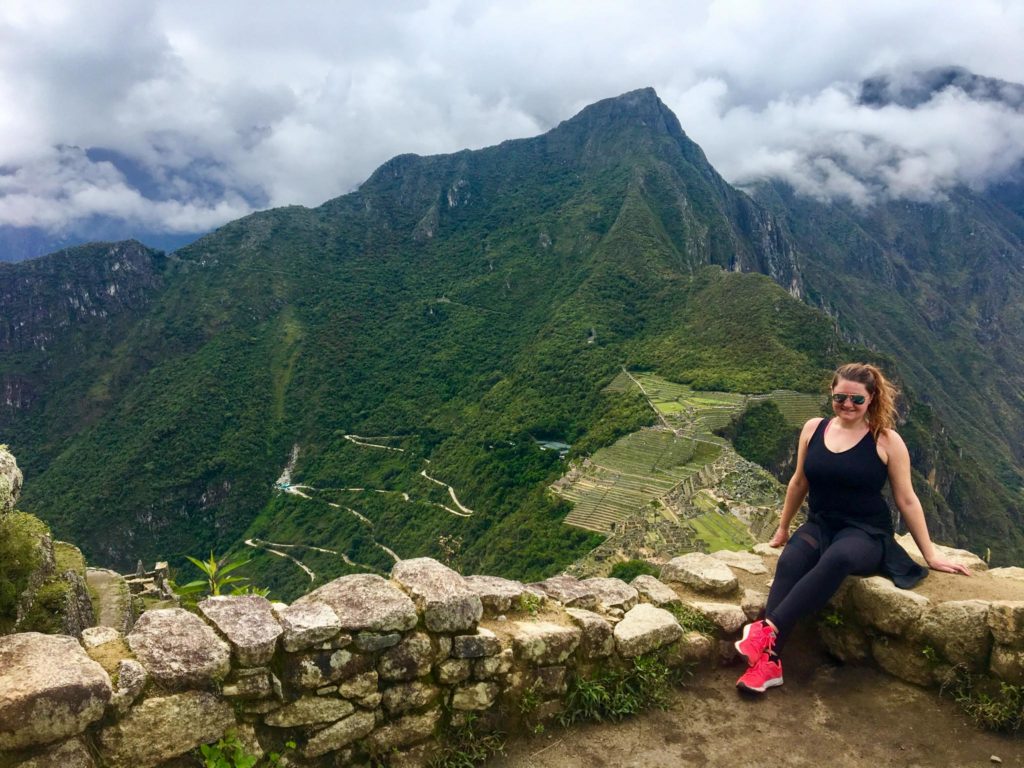
What was your experience like in the city? Did you get altitude sick like me? If so, please comment below and let me know which was your favorite part.
More South America Itineraries from Perfect Day Somewhere
A tour through the Bolivian Salt Flats – One of the most beautiful places on this planet
The Bolivia Salt Flats or Salar de Uyuni is one of the most incredible places I have ever visited in my life. Spending three days in the middle of nowhere, surrounded by this world’s stunning nature, made my travel soul super full. Like most people, I started my Bolivian Salt Flats tour from Uyuni. Bolivia…
Things To Do In Sucre Bolivia & An Awesome Downloadable Itinerary
It’s truly a rare event to meet a traveler that has disliked Sucre. On my three-week Bolivia trip, one of the most unexpected surprises was visiting Sucre. I instantly fell in love with the atmosphere of the city and deeply regretted not staying longer. Sucre is the capital of Bolivia although you will often hear…
Continue Reading Things To Do In Sucre Bolivia & An Awesome Downloadable Itinerary
Copacabana: Your Base To See Lake Titicaca & Isla del Sol in Bolivia
While visiting Bolivia, most first-time travelers primarily focus on seeing cities like La Paz or Uyuni. However, if you’re near La Paz and have an extra 2 days, I strongly suggest making your way over to these incredible locations of Lake Titicaca on the Bolivian side. Isla del Sol is a stunning island on the…
Continue Reading Copacabana: Your Base To See Lake Titicaca & Isla del Sol in Bolivia
La Paz Itinerary: The Highest City In The World
La Paz intimidated me at first due to its not-so-hot reputation. I didn’t know what to expect, whether I’d feel safe and how the altitude would affect me after what I experienced in Peru. Having found many warnings for this destination, my nerves were pretty heightened for this trip despite being a not-so-nervous traveler, to…
Continue Reading La Paz Itinerary: The Highest City In The World
Best Things To Do In Lima By Neighborhood
As a traveler, Peru has always been on my bucket list, especially because of Machu Picchu. I originally thought that Lima would just be a quick stop on my journey, but I was pleasantly surprised by the city’s lively atmosphere, stunning views, and overall awesome vibe. While many travel guides recommend only spending a day…


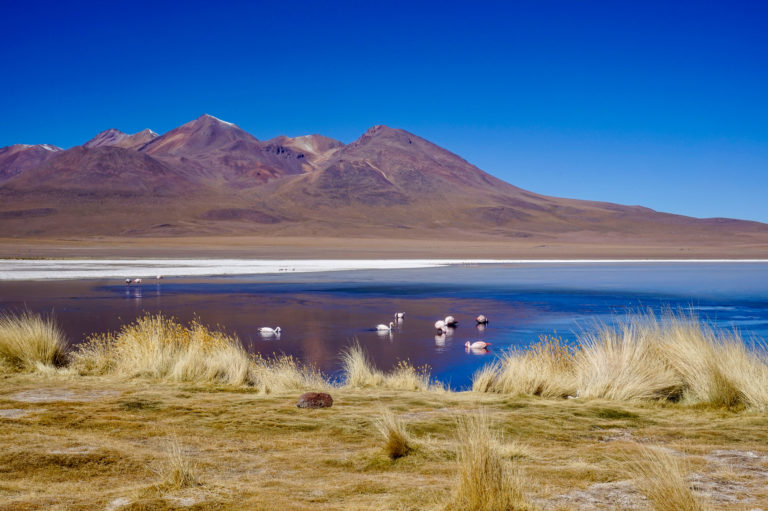
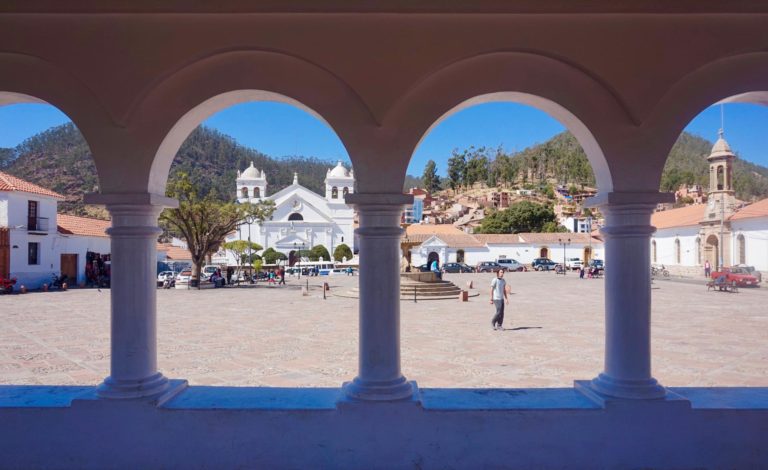
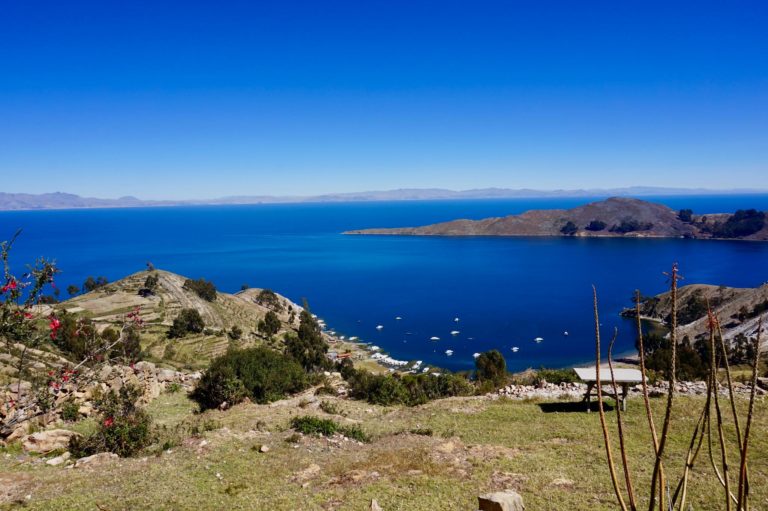
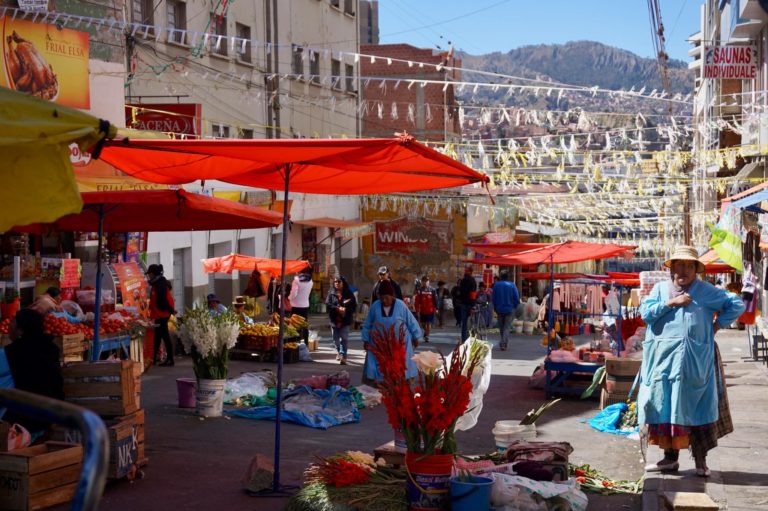
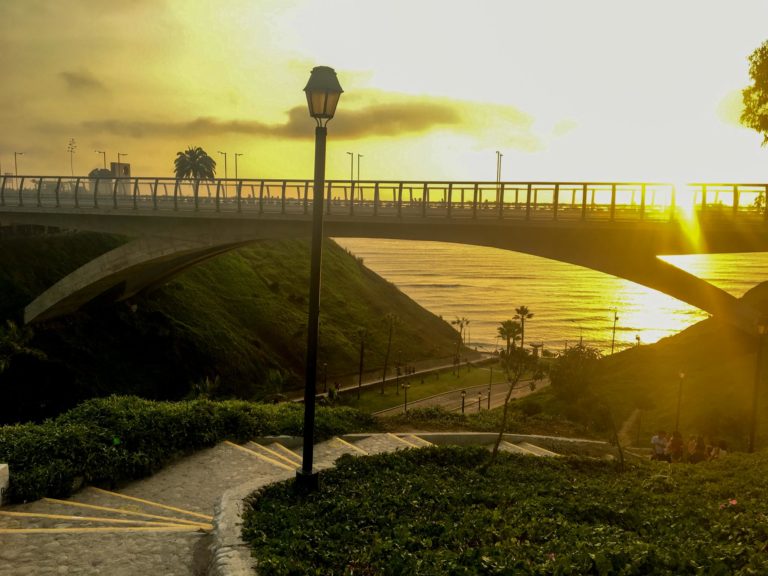
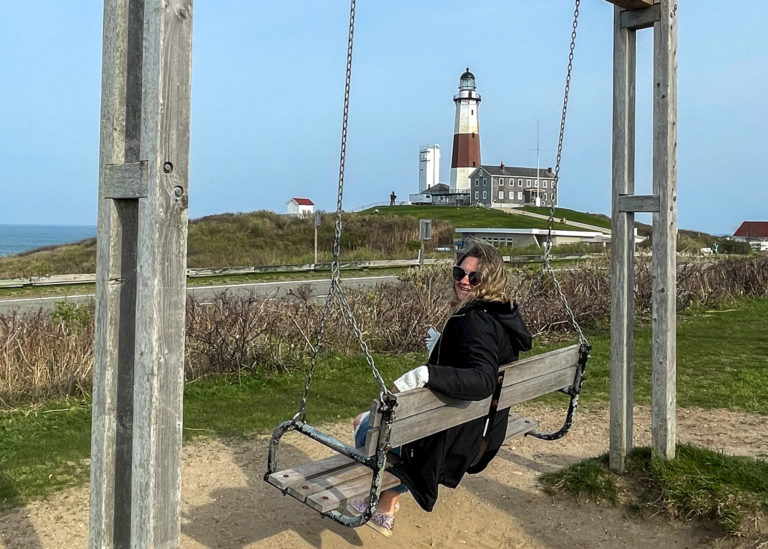
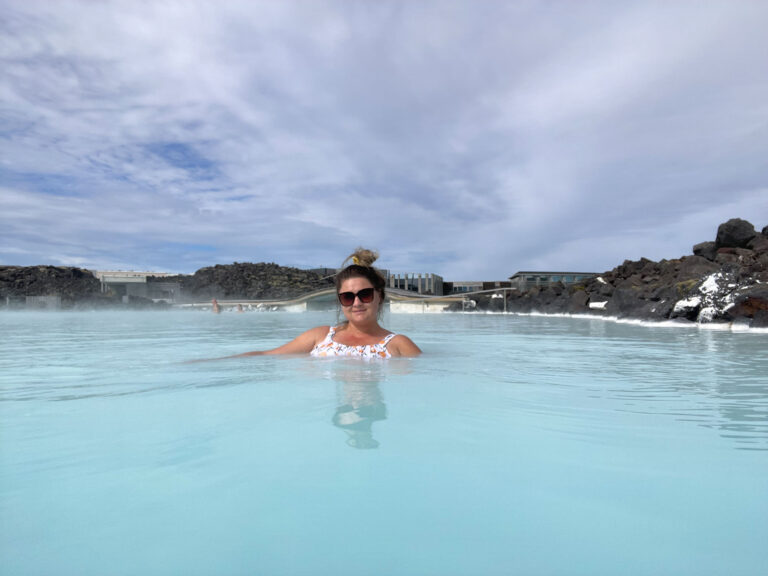
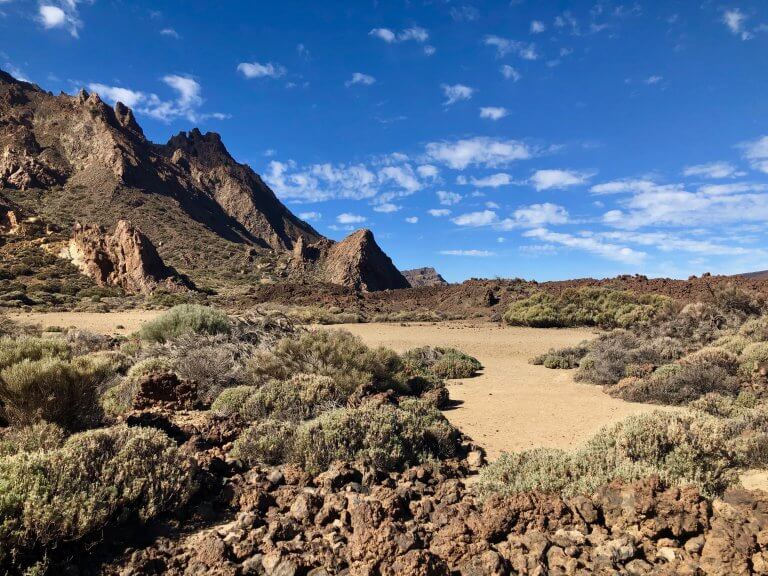
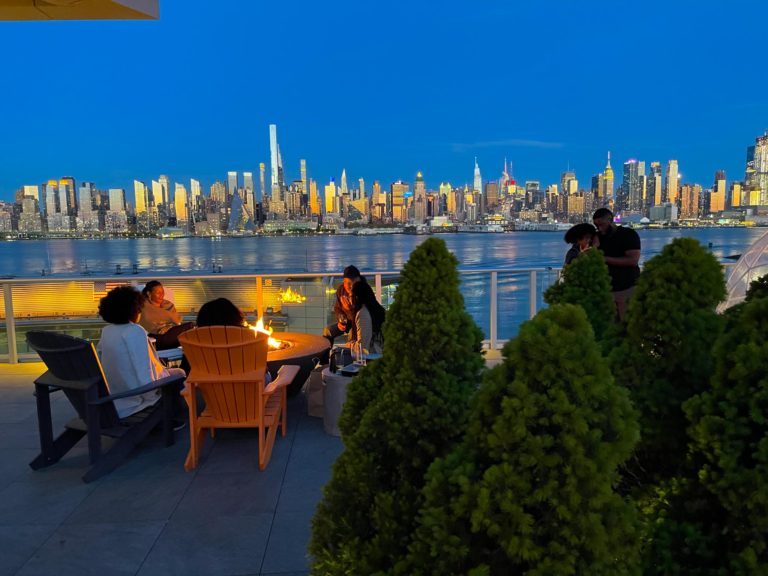

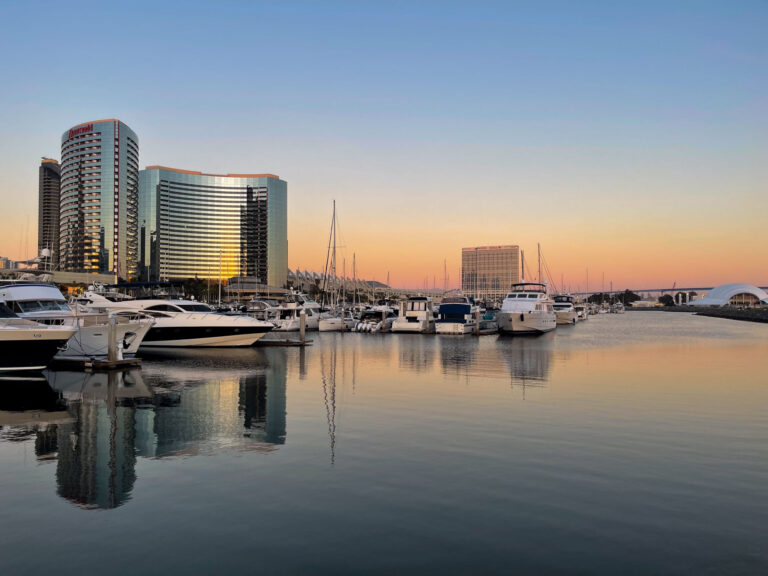
Wow! Cusco looks awesome! love the site!
Cusco is an amazing city! When you visit make sure to download the itinerary!